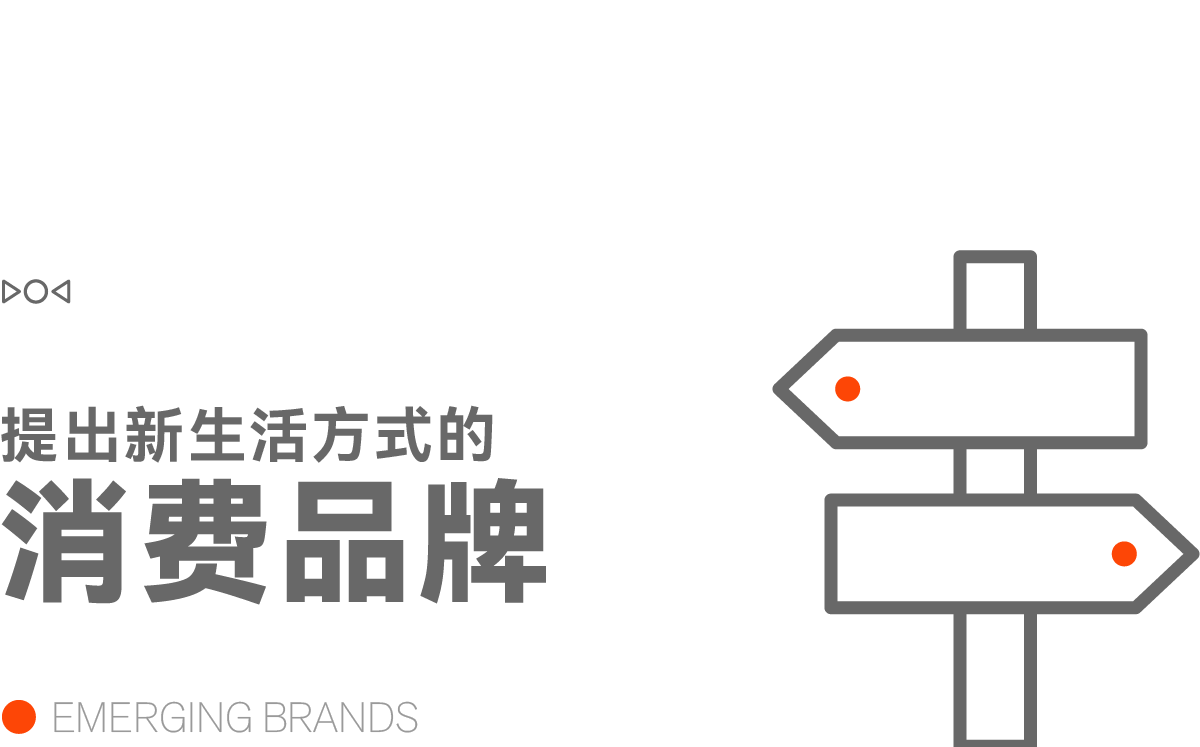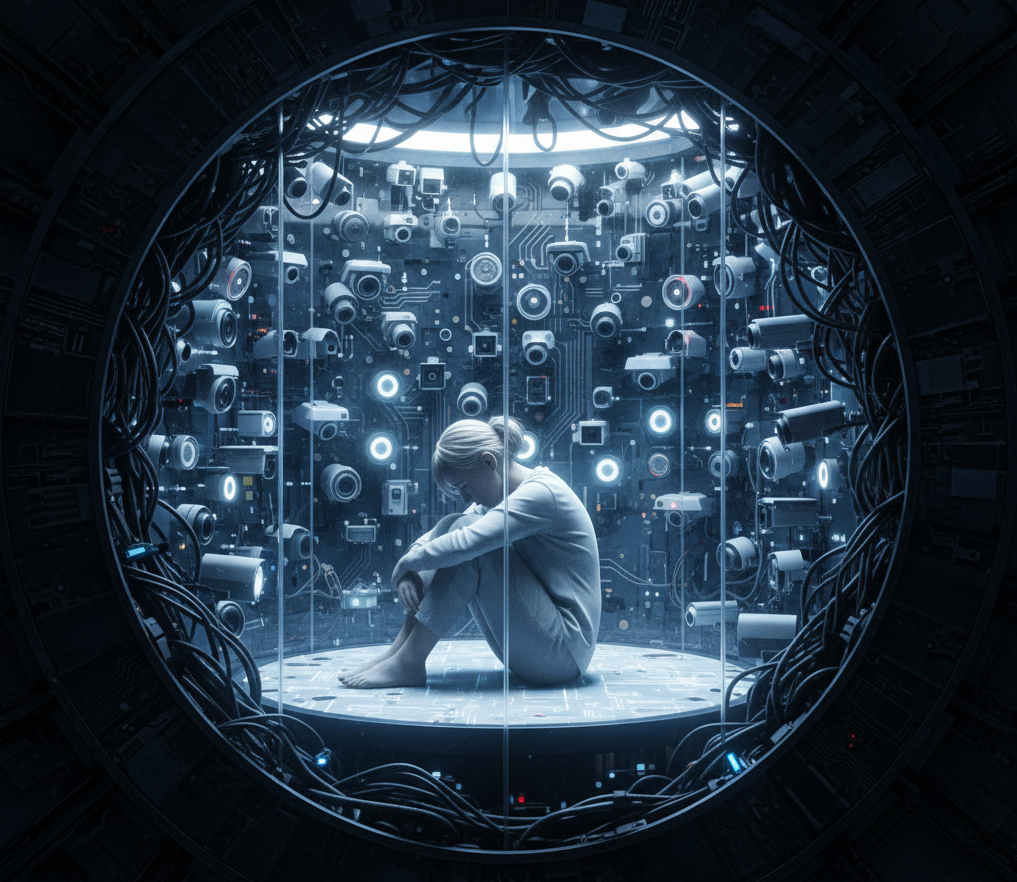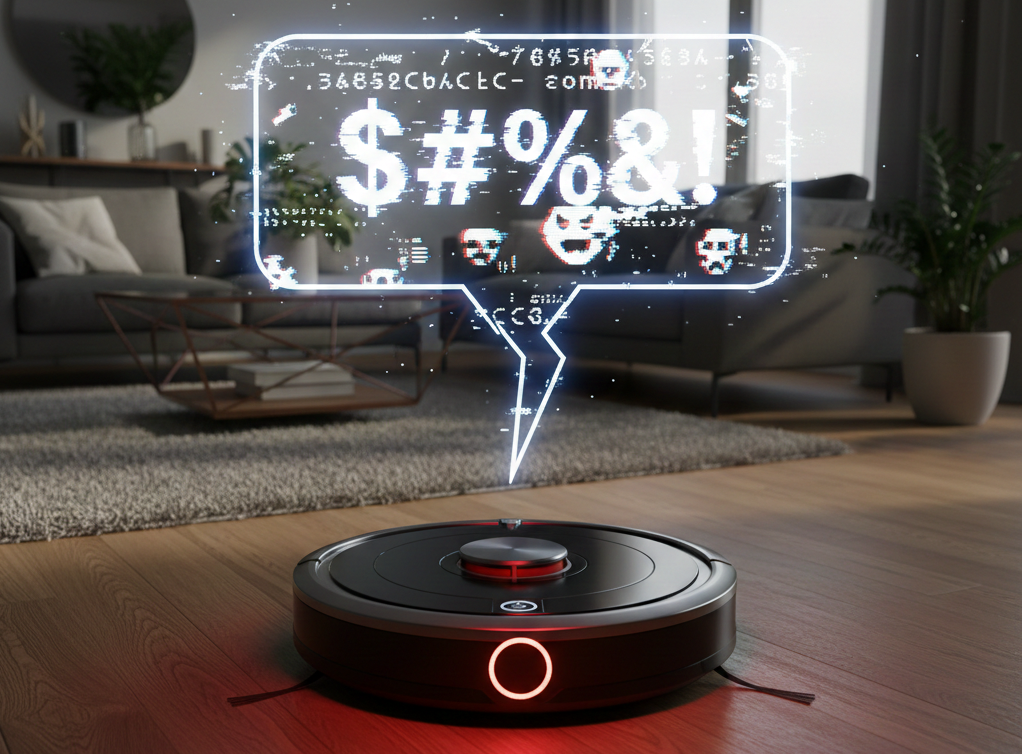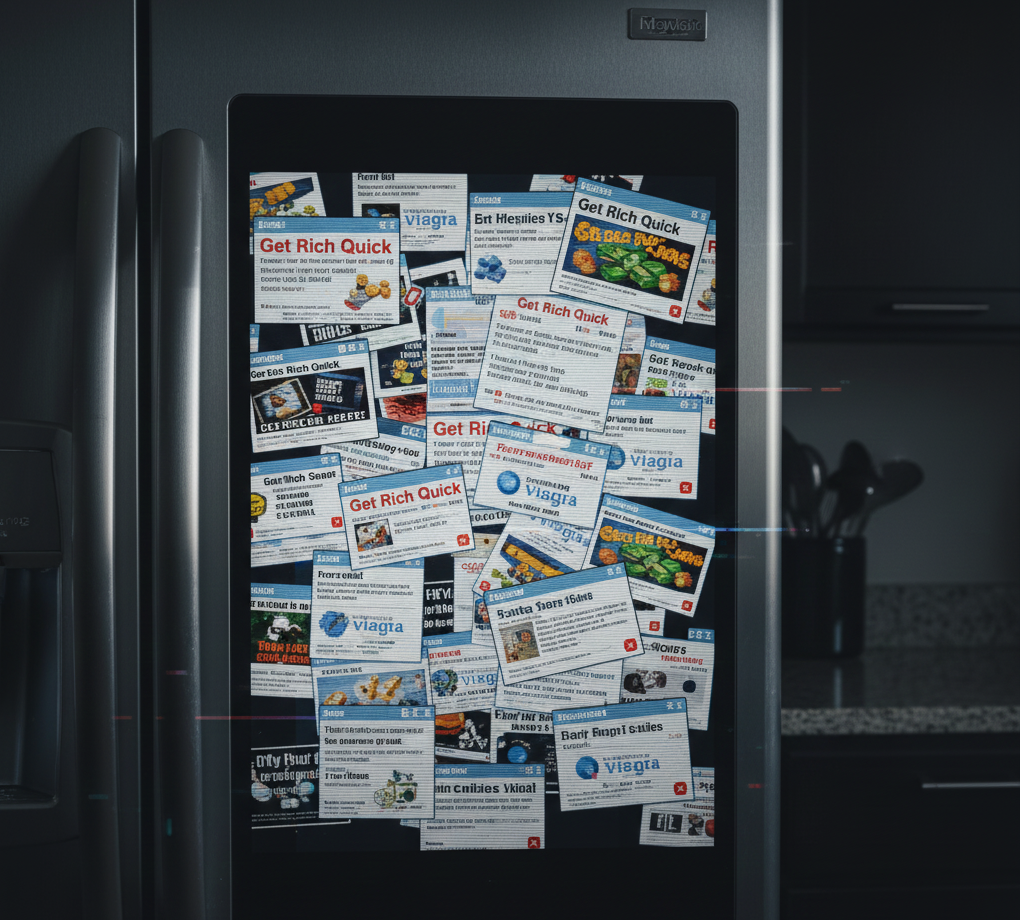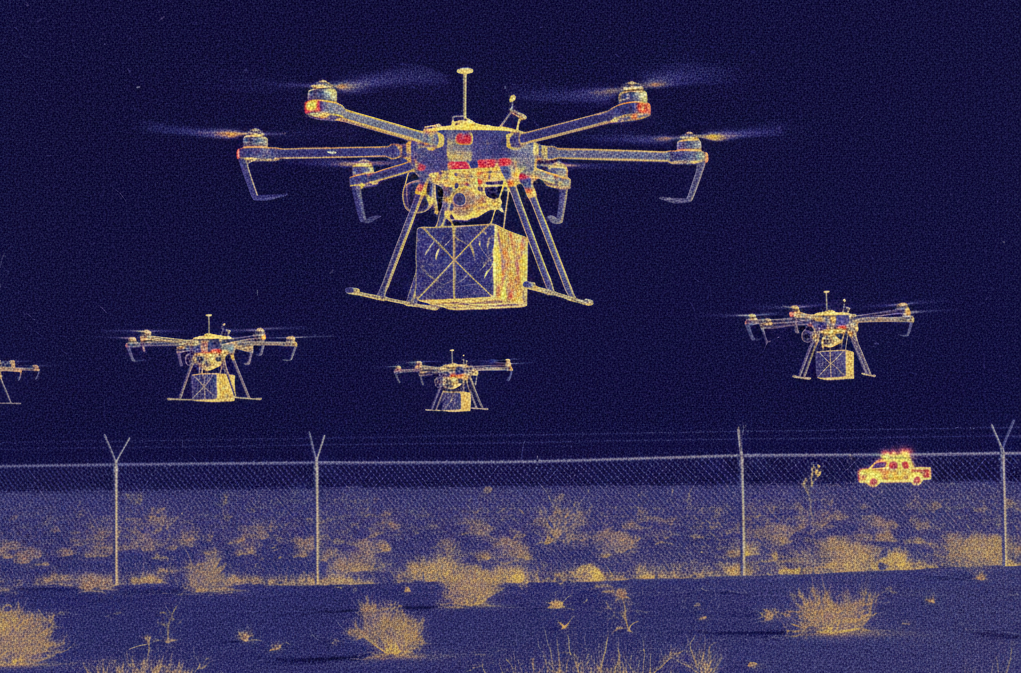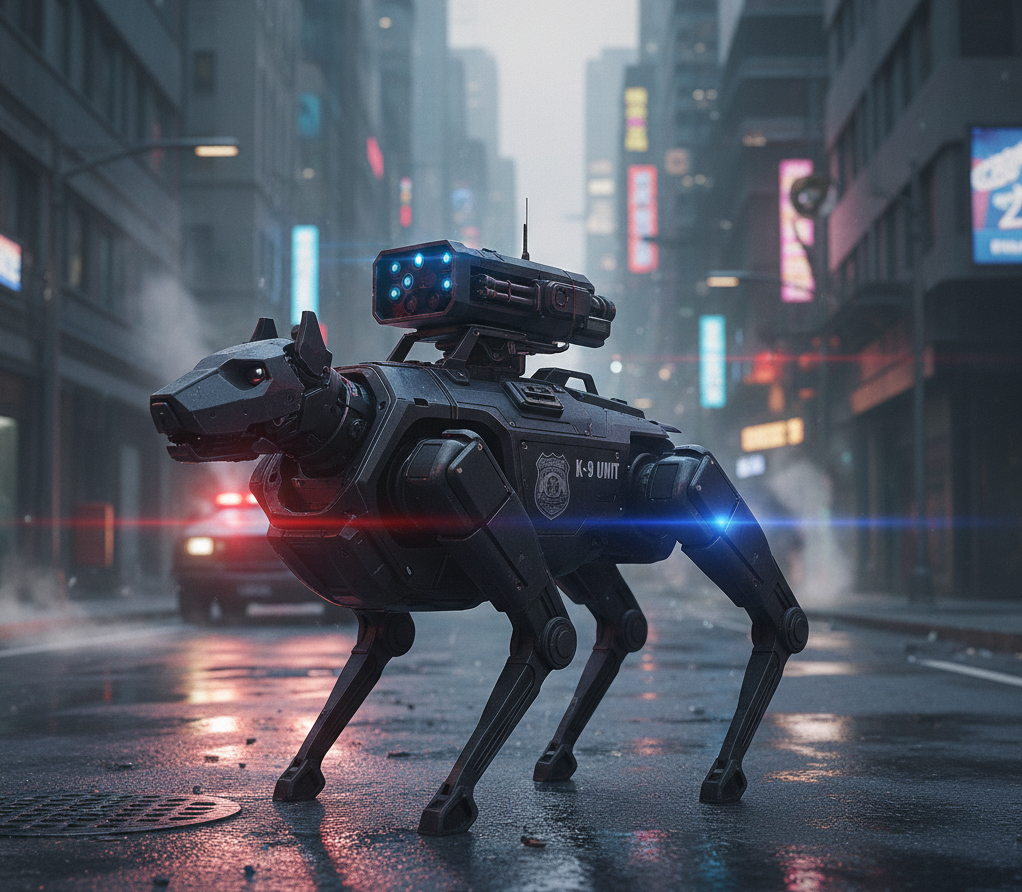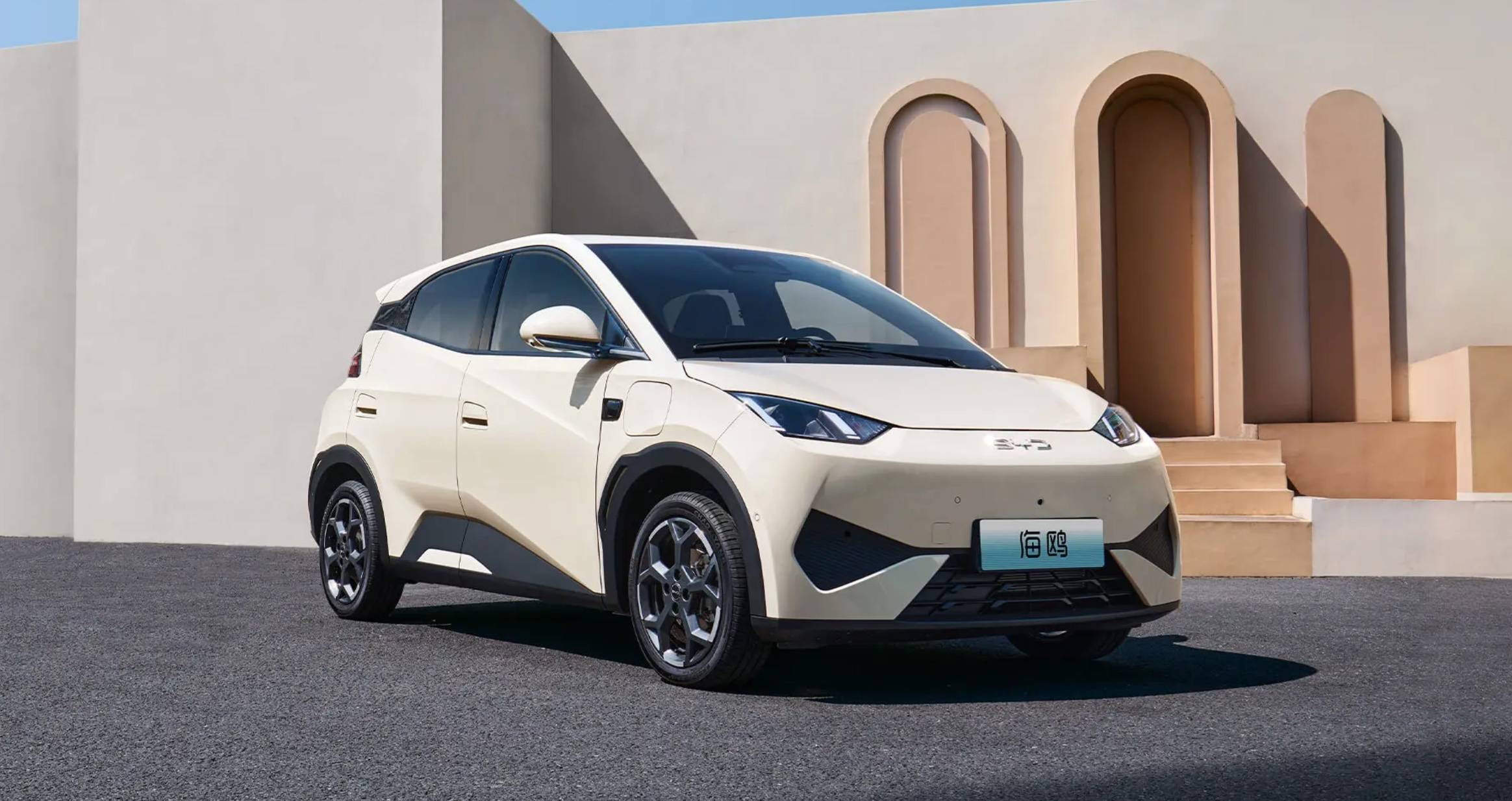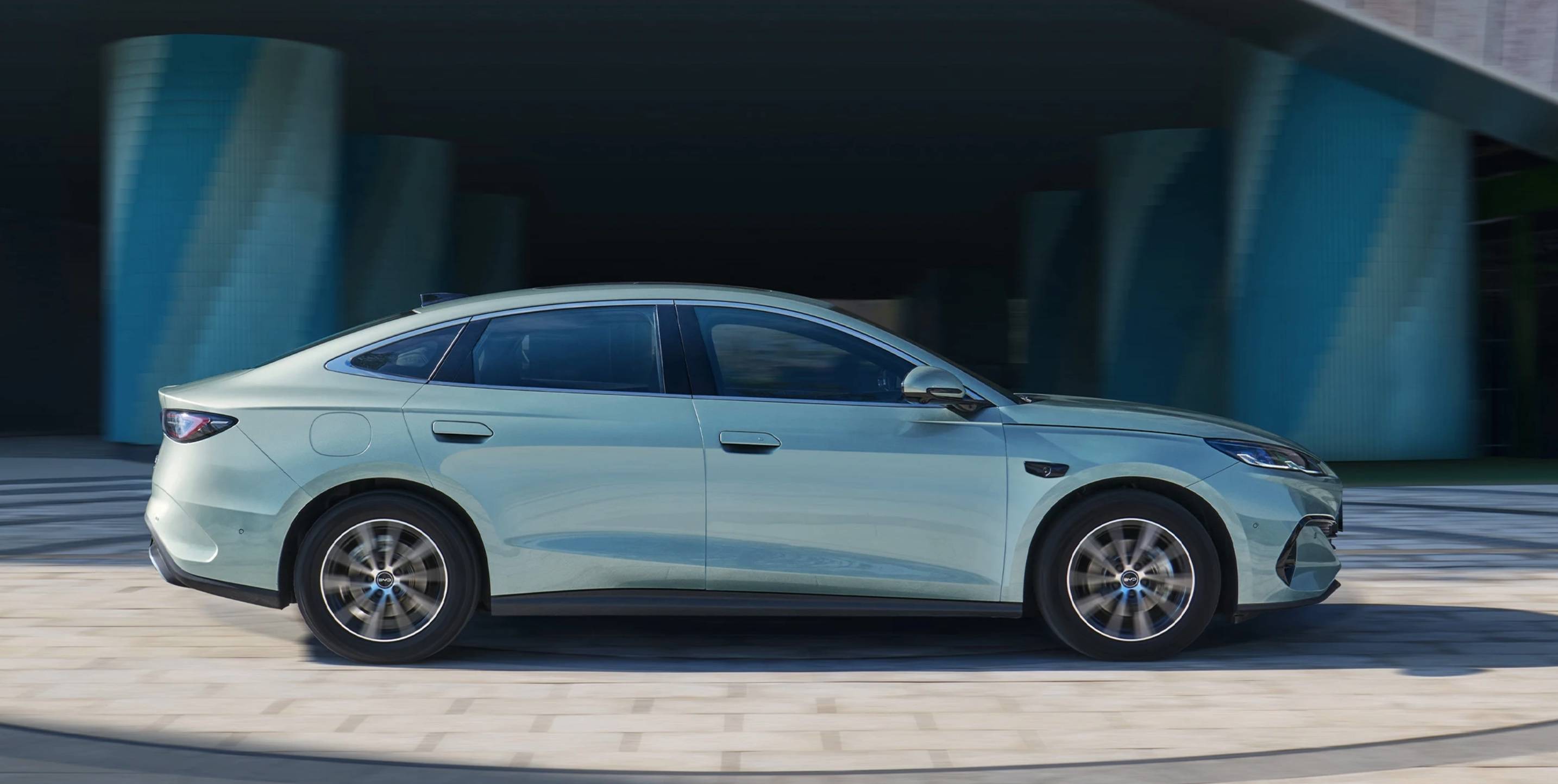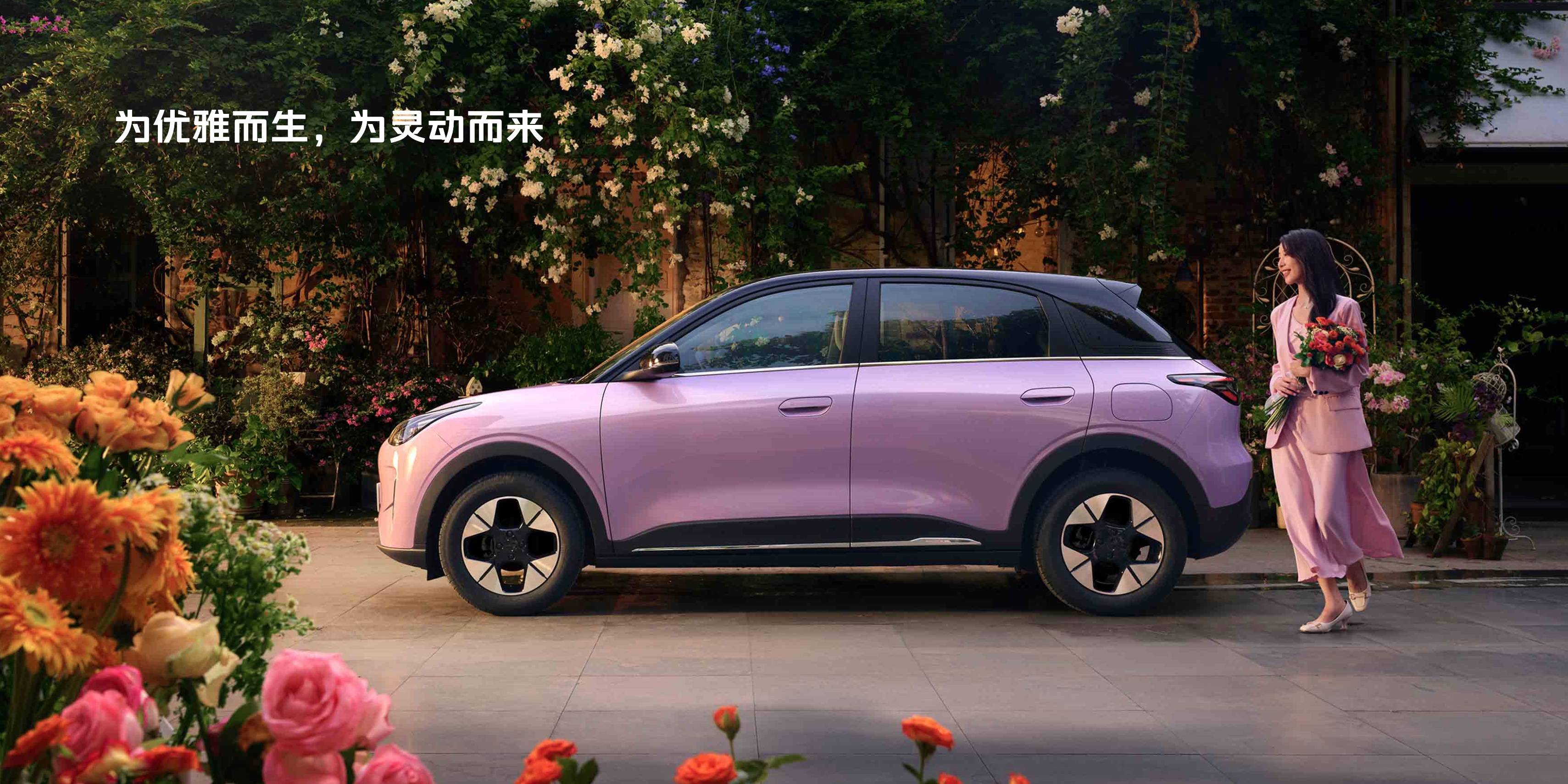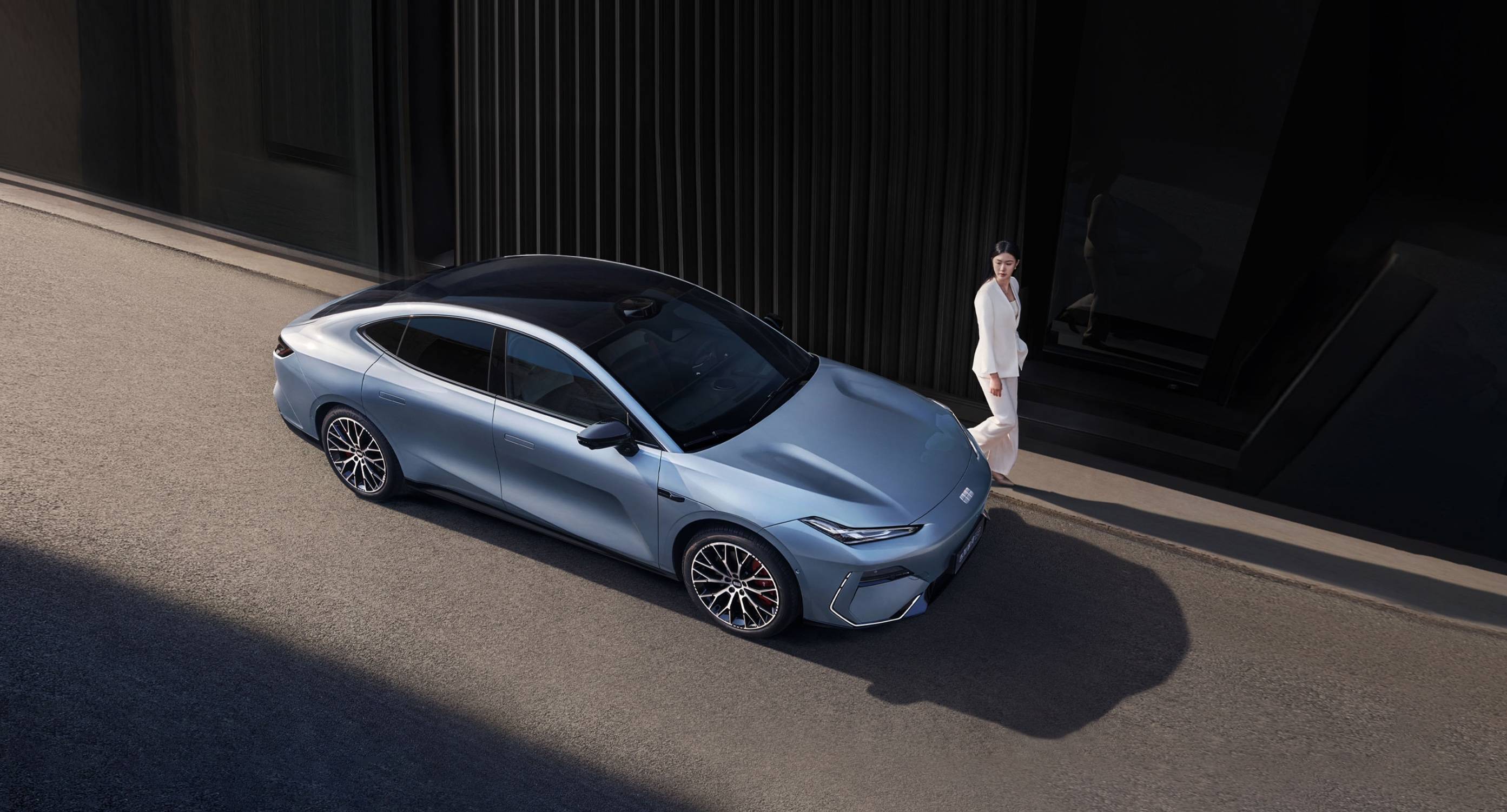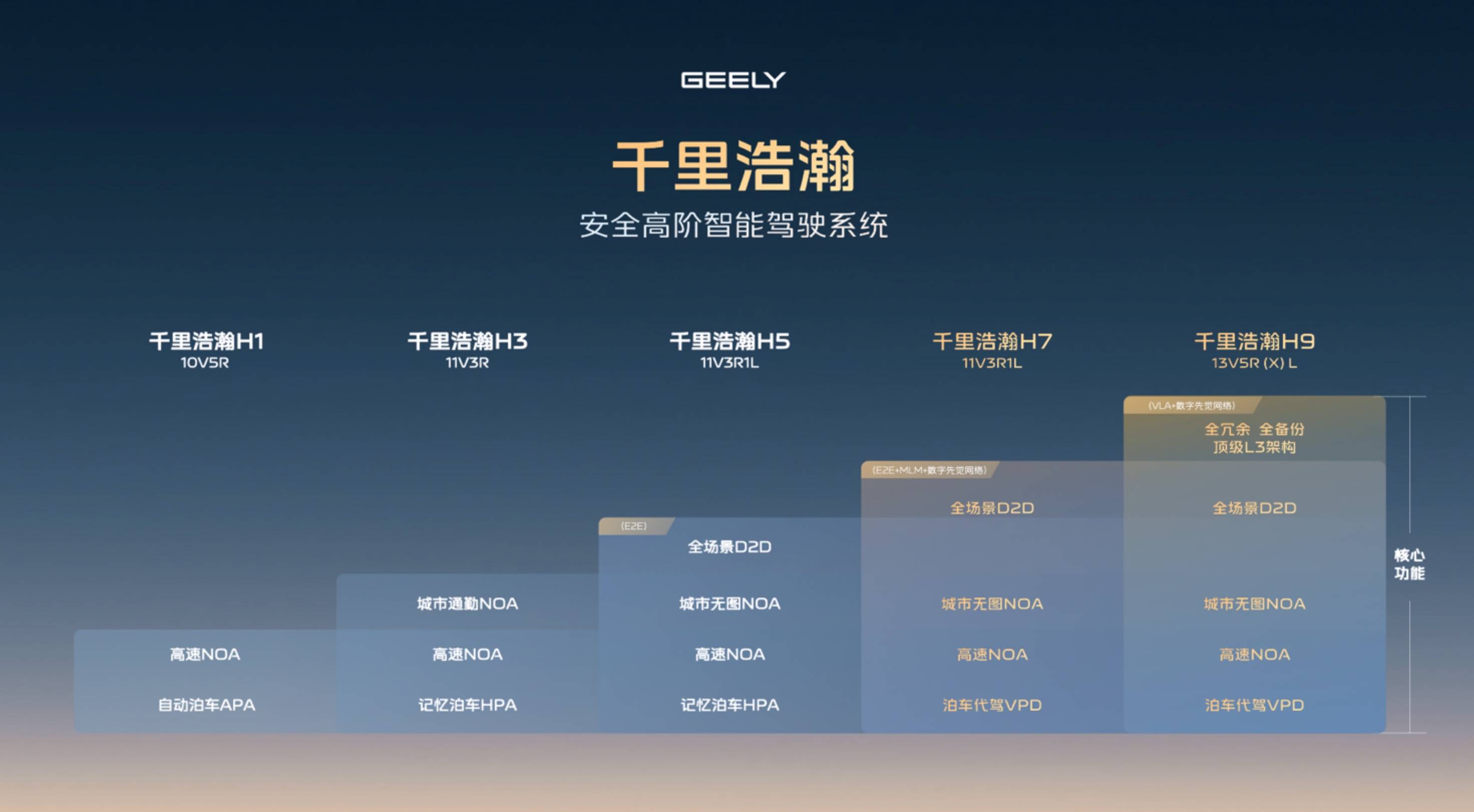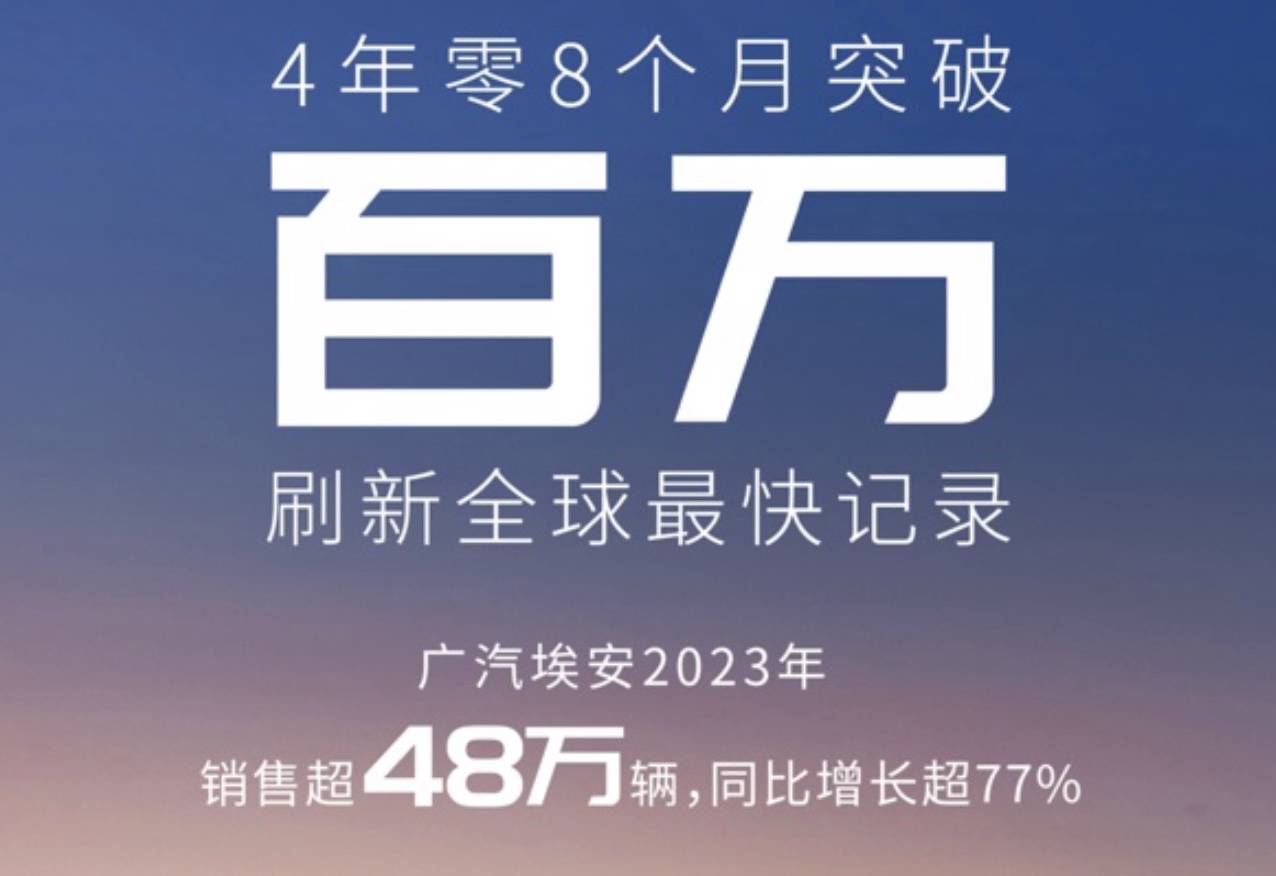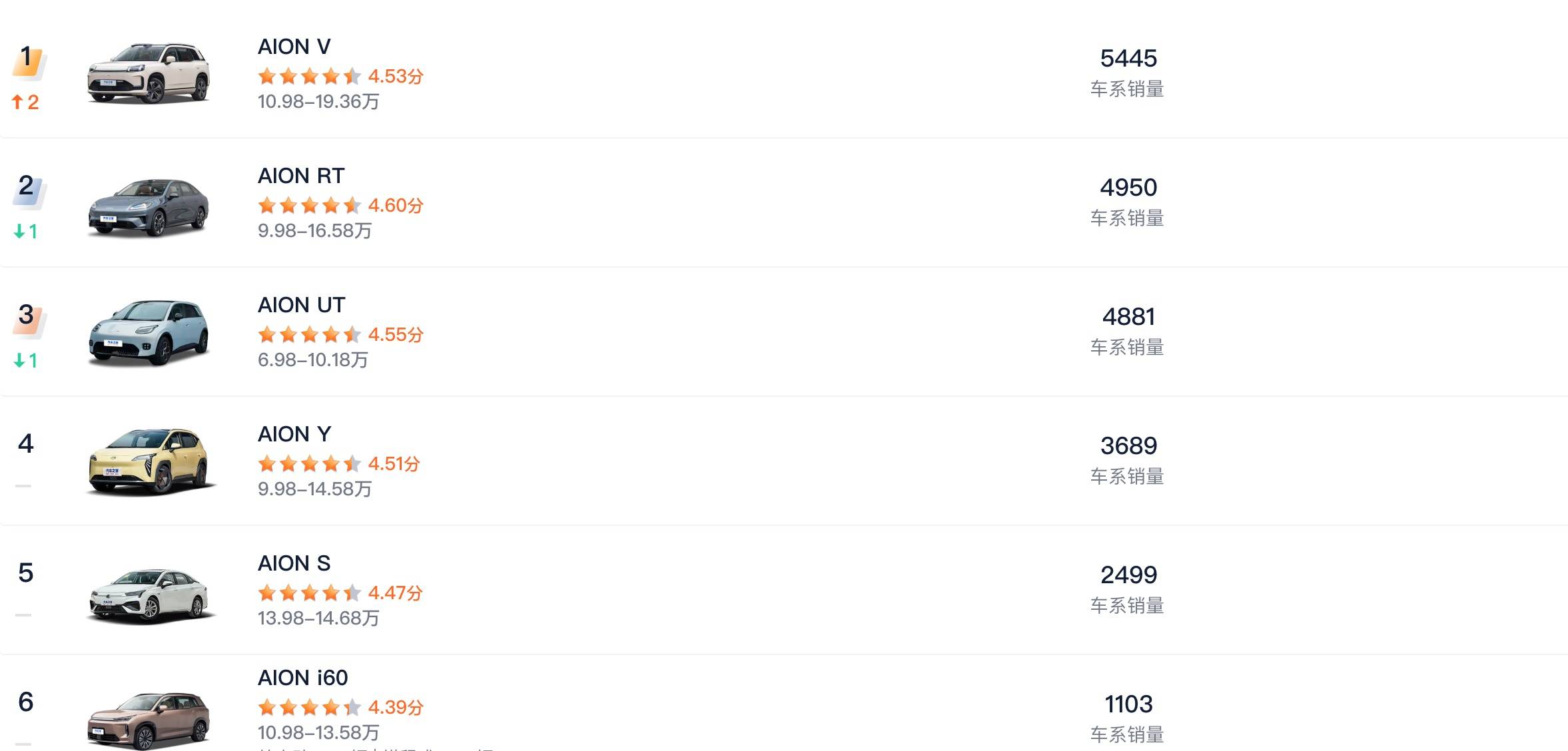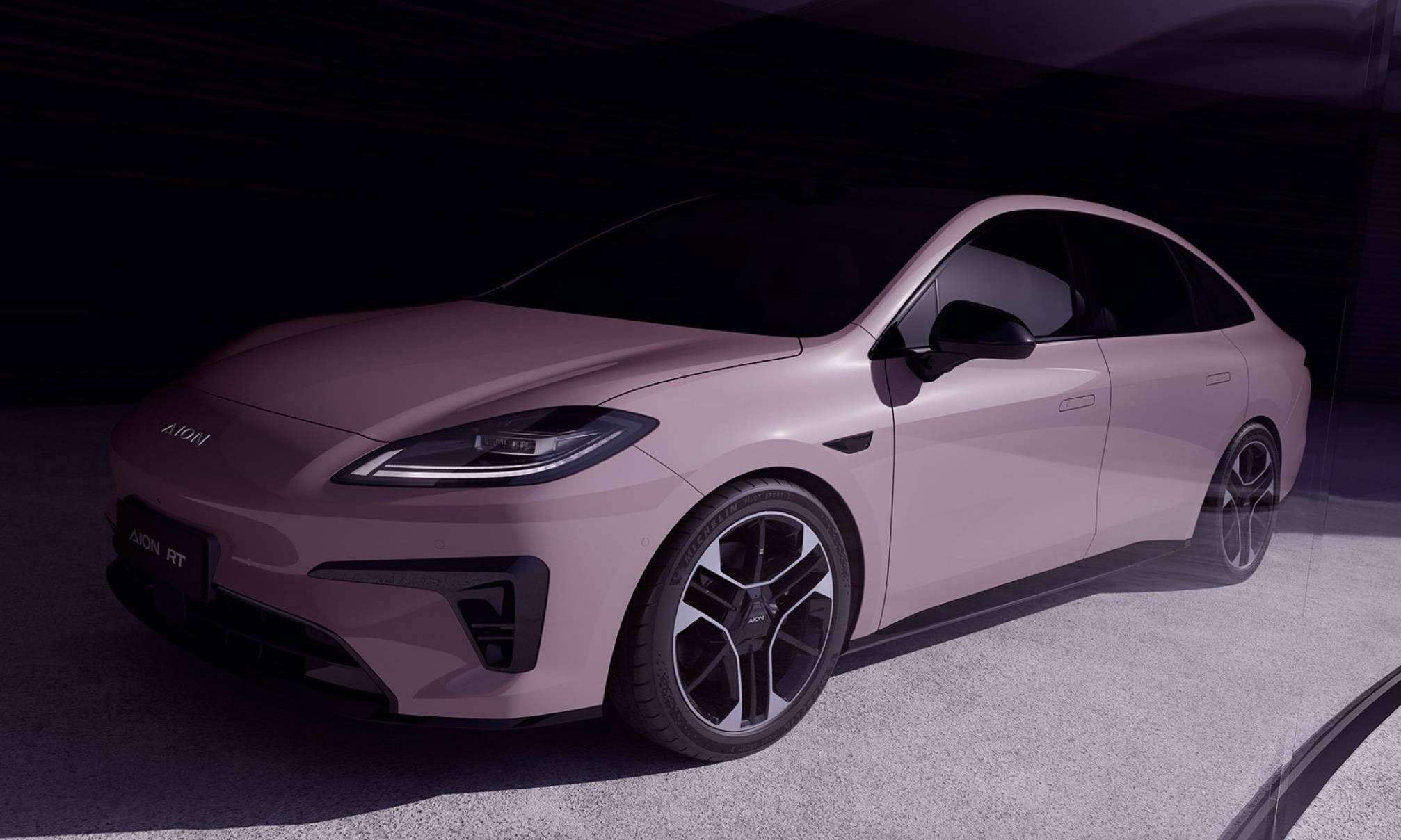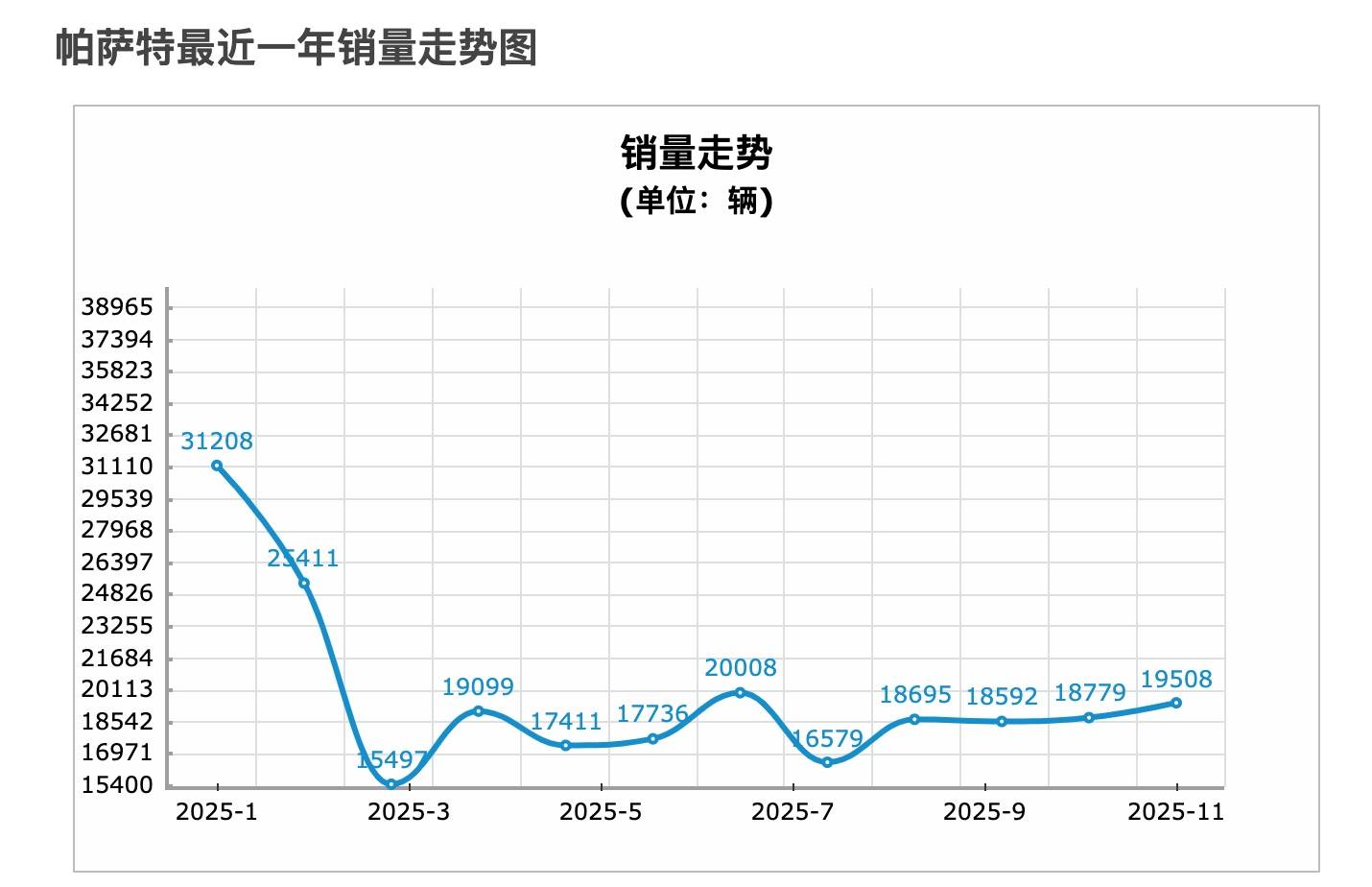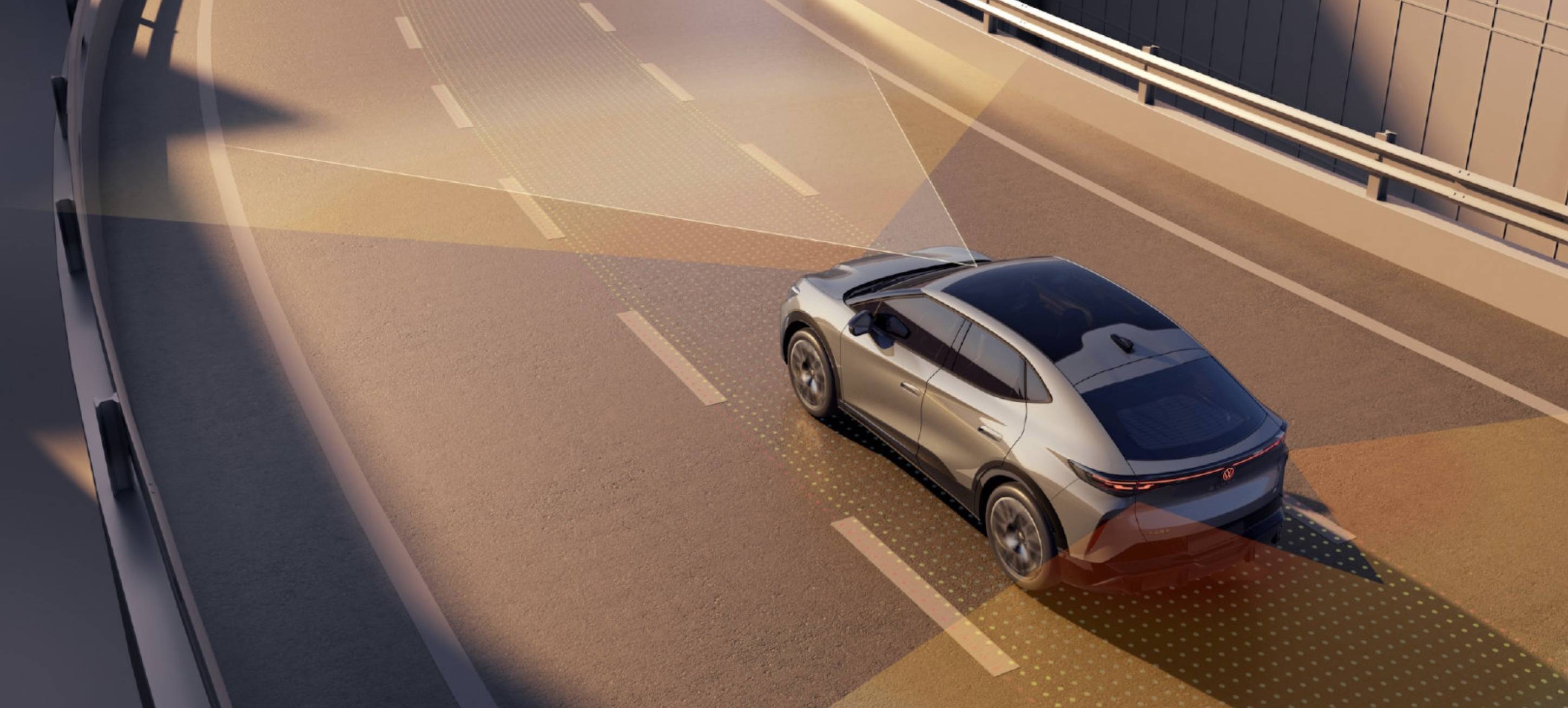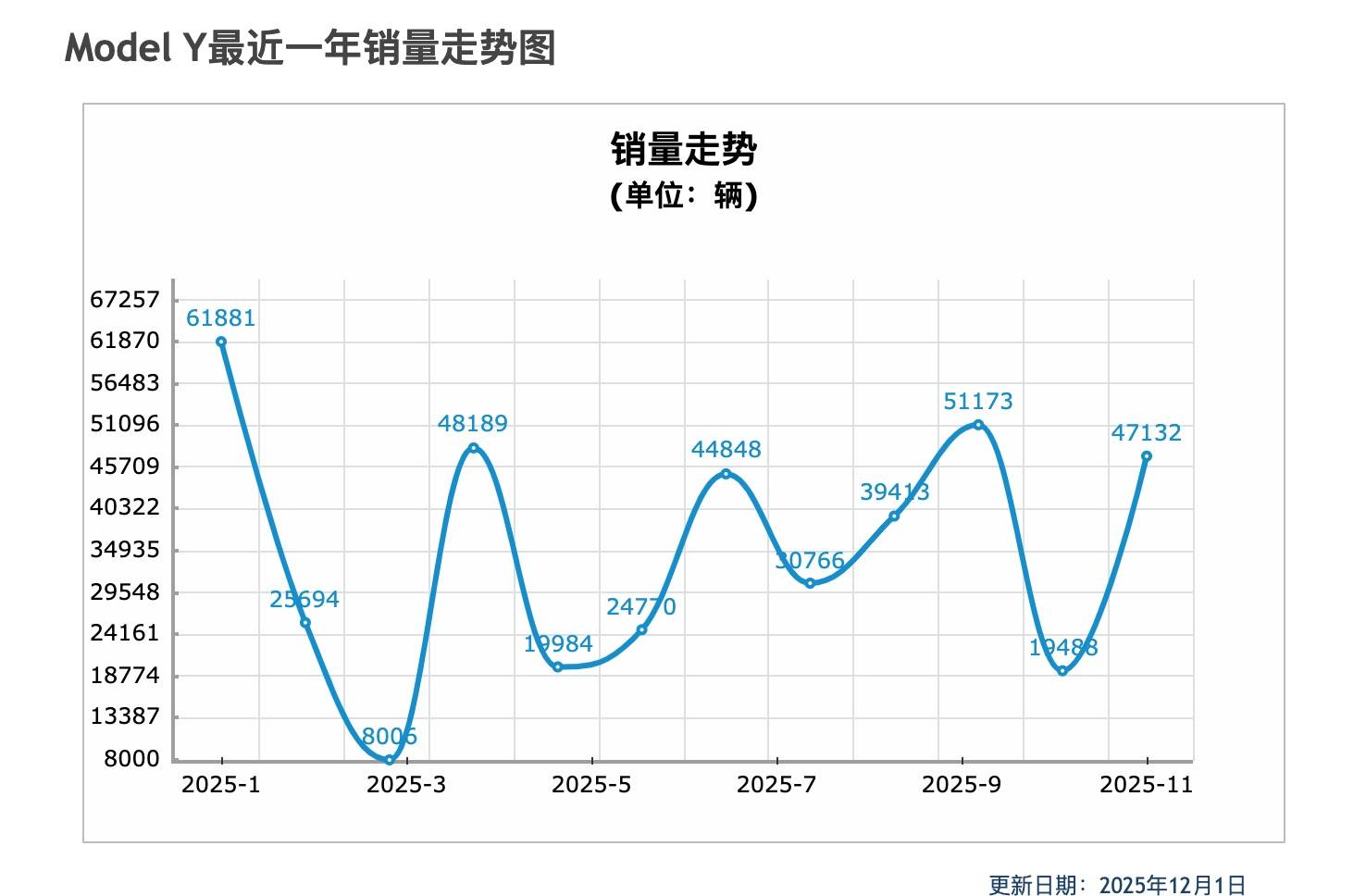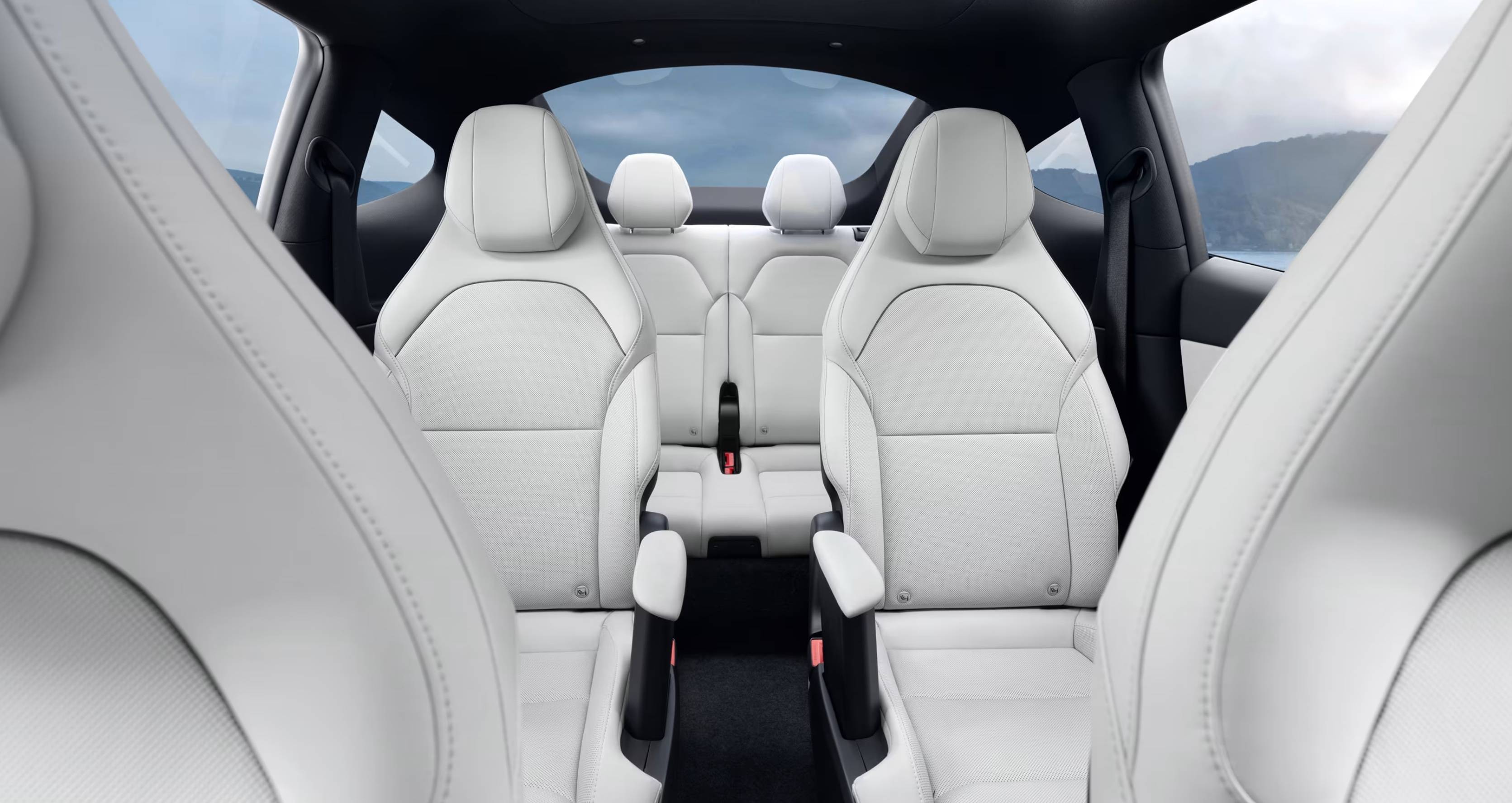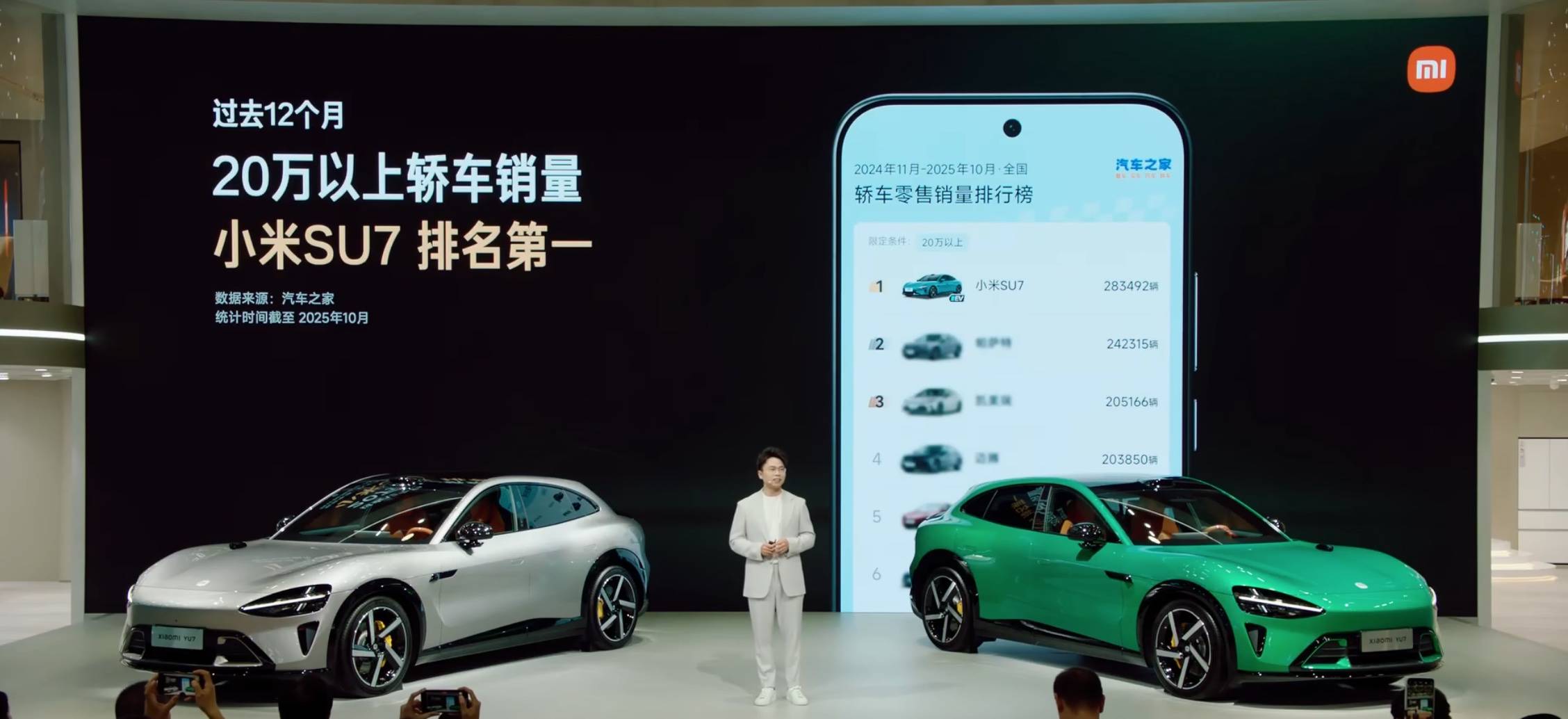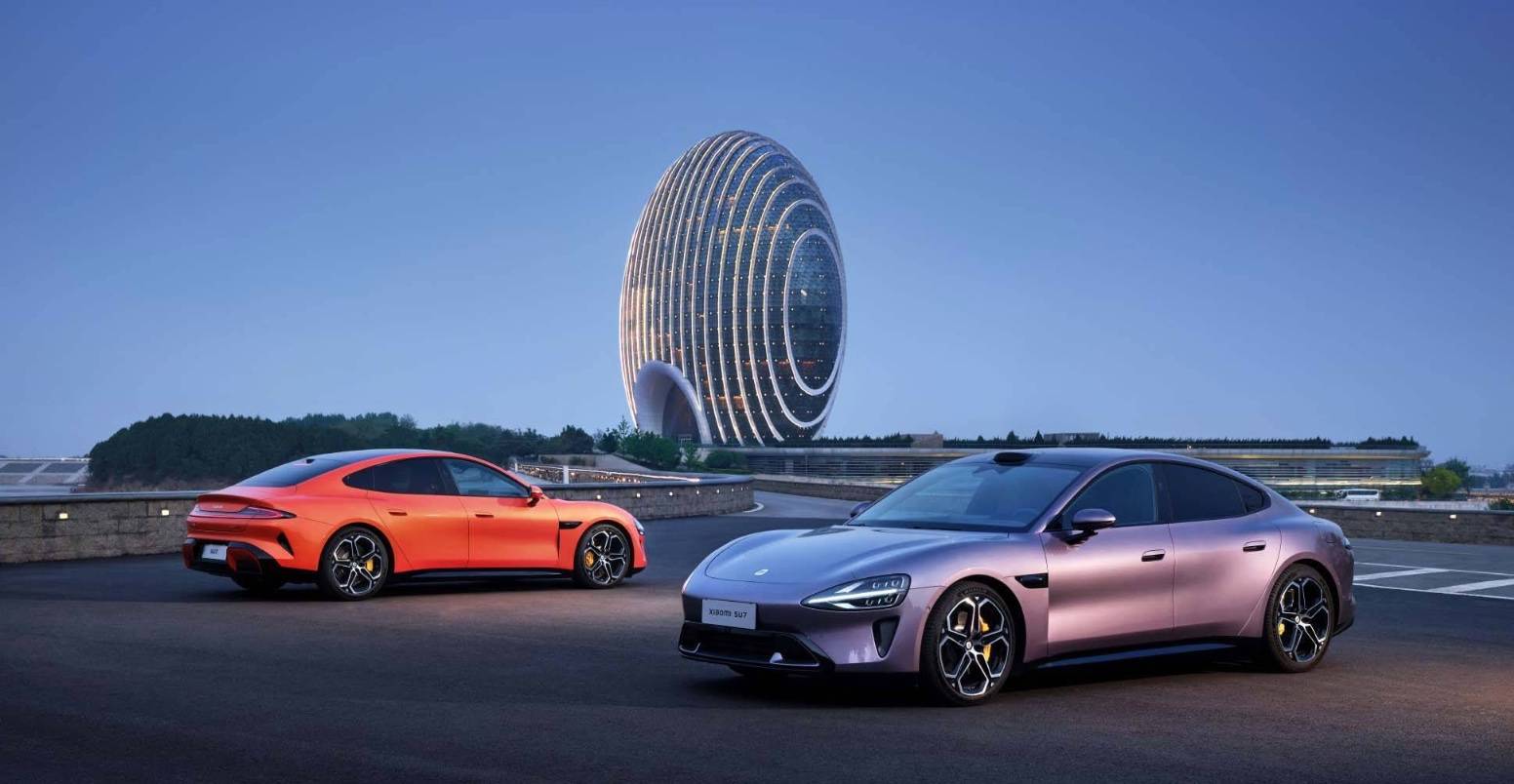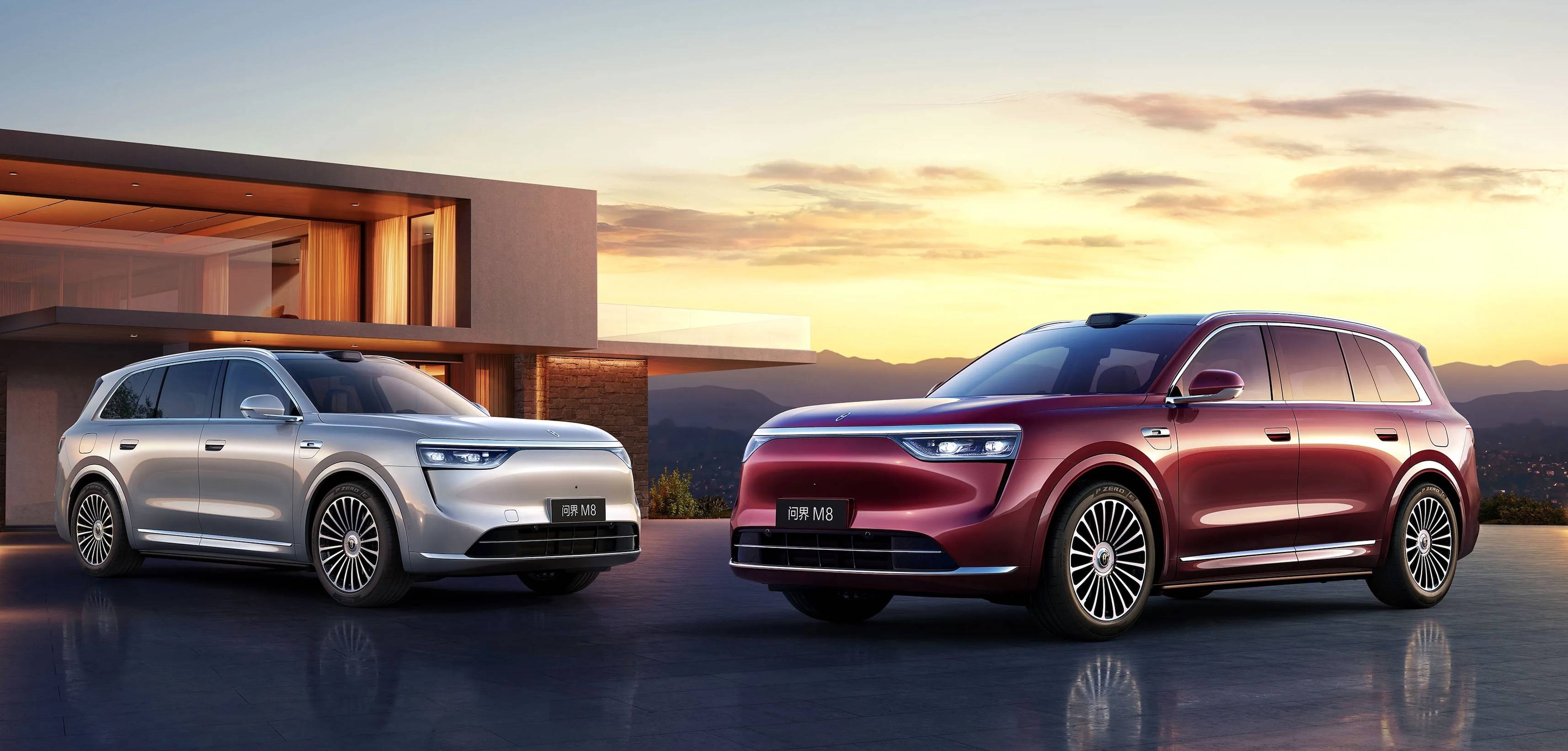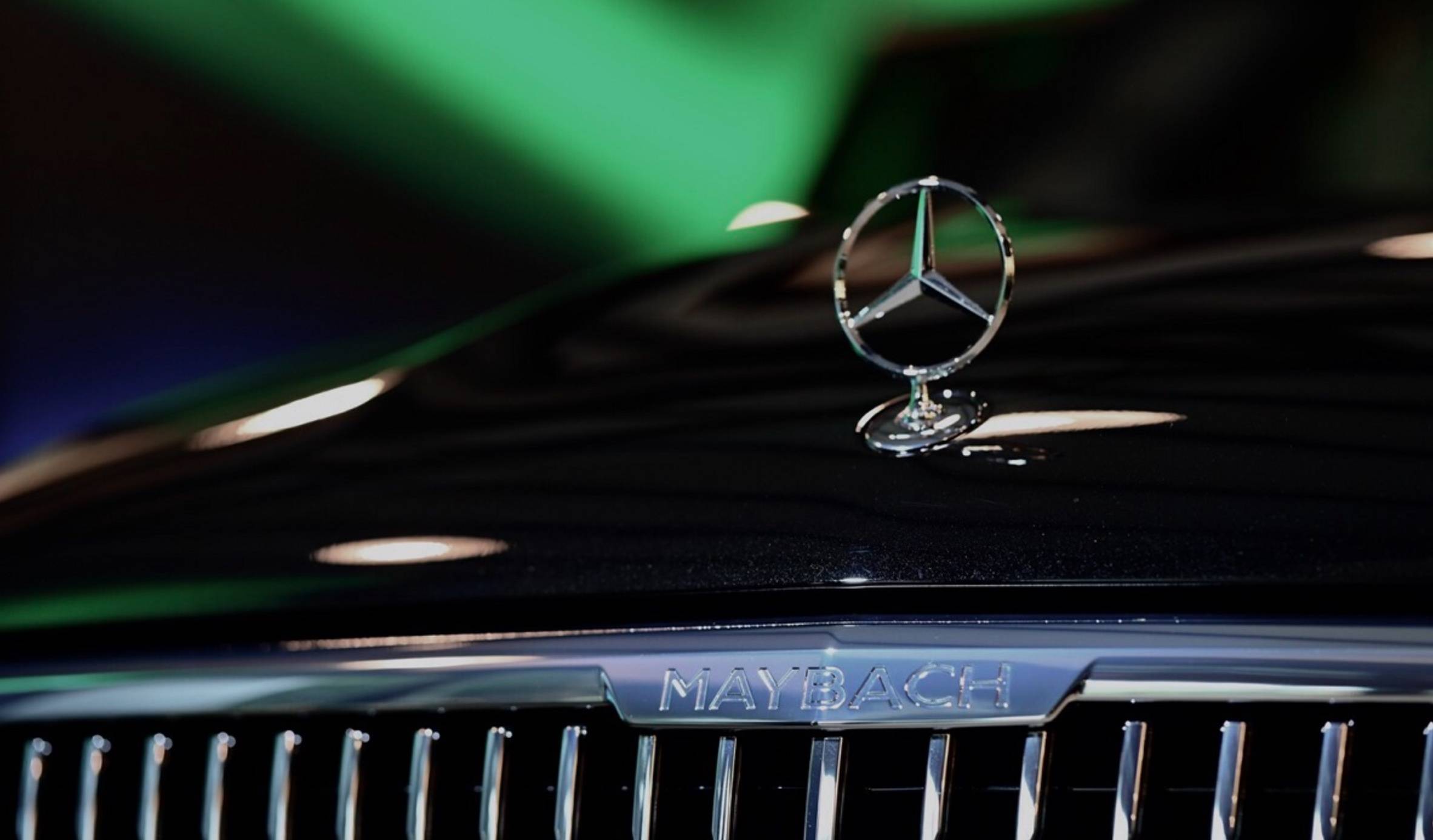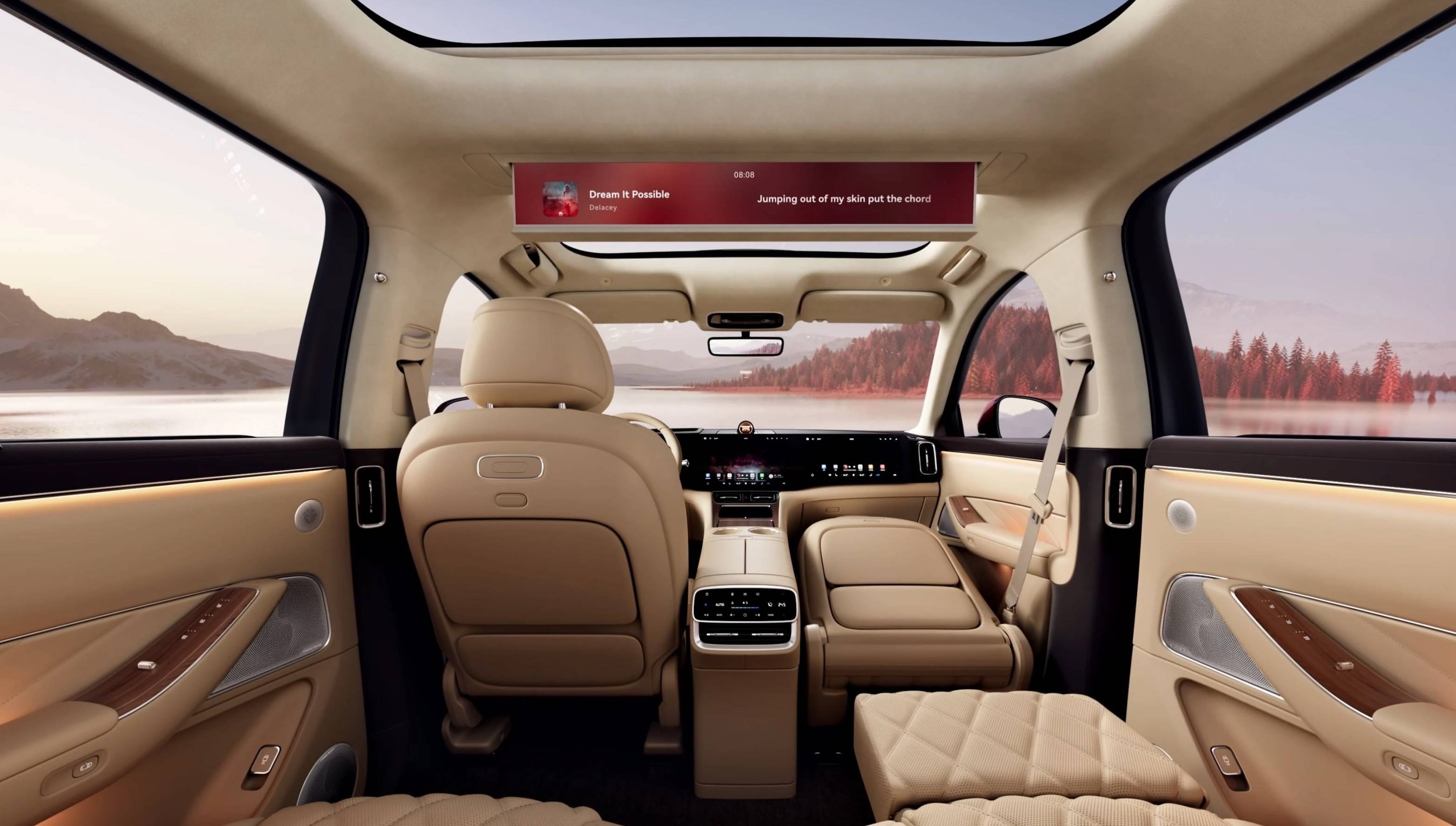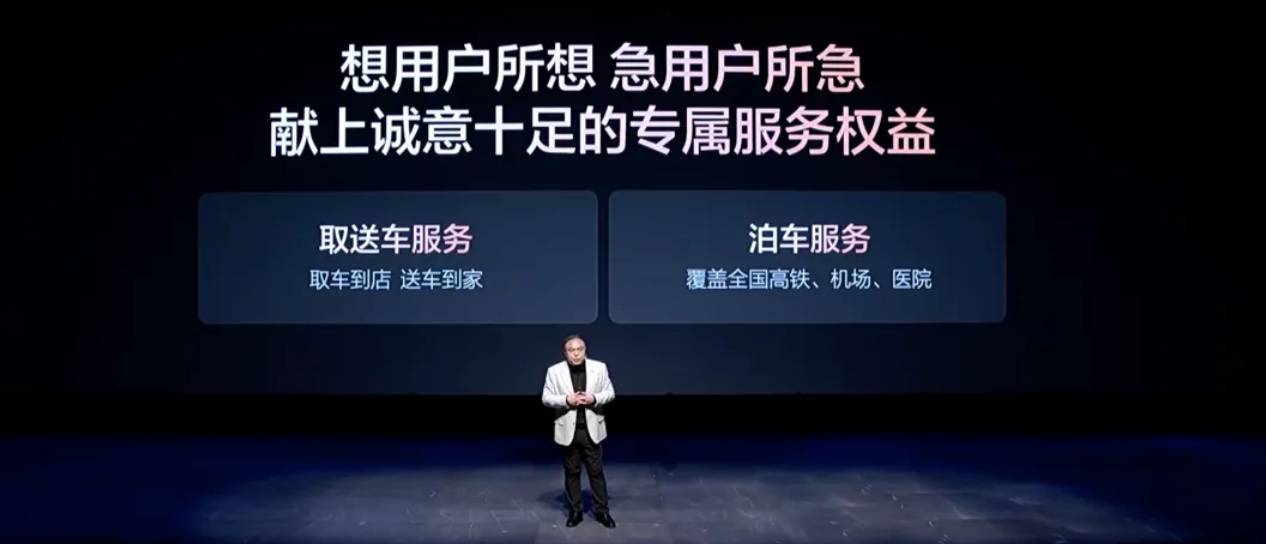

For the first time in five years, OPPO is awarding a million-dollar prize to its self-developed LUMO light-condensing imaging algorithm.

Lu Weibing confirms Xiaomi 17 Ultra price increase

my country successfully launched a test satellite for communication technology.

The nation's first HarmonyOS-enabled smart water purification plant has been fully put into operation.

SF Express responds to withdrawing from Douyin e-commerce return business: Contract expired, normal business practice

Unitree Robots provided backup dancers for Wang Leehom's concert, and Elon Musk gave it a thumbs up.

Former CEO of Volkswagen China comments on Xiaomi SU7 Ultra, Lei Jun reposts.

Moore's Threads releases a new generation of GPU architecture

MiniMax passes Hong Kong Stock Exchange listing hearing

Hideo Kojima: Making a game for AI

Samsung unveils Exynos 2600, the world's first 2nm mobile phone chip.

Nvidia's new model can run all kinds of games.

The new Corolla is launched, starting at 99,000 yuan.

Real Racing 3 is about to be shut down and its servers closed.

my country's first AIGC animated film, "Reunion Order," held a preview screening.

For the first time in five years, OPPO is awarding a million-dollar prize to its self-developed LUMO light-condensing imaging algorithm.
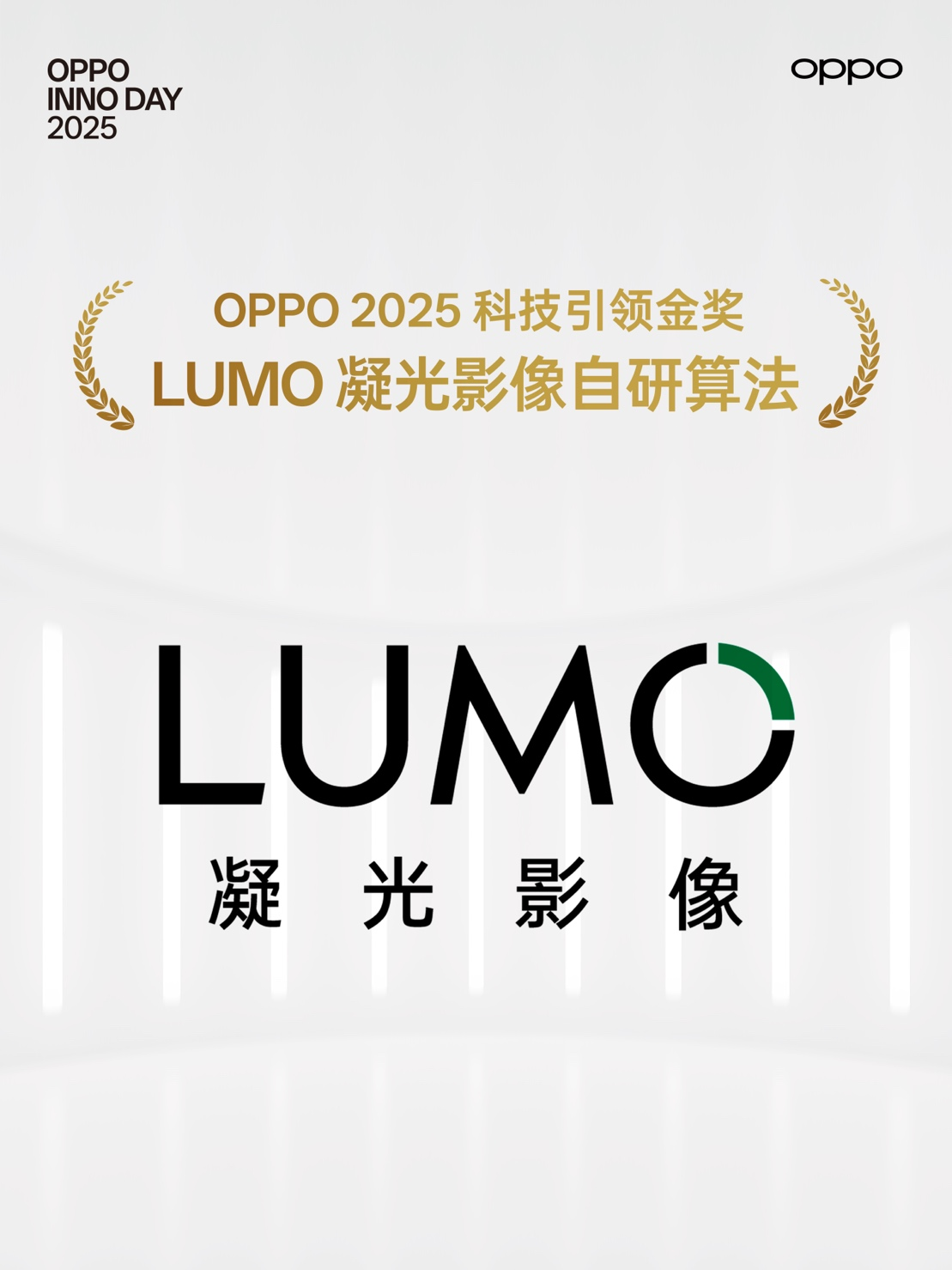
OPPO's "Technology Leadership Gold Award," which had been vacant for five years, was finally awarded recently.
As one of OPPO's highest technological honors, the Technology Leadership Gold Award has always adhered to the stringent standard of "better to leave it vacant than to downgrade it," and no one had won it for the past five years. This year, OPPO's self-developed LUMO Light Condensation Imaging algorithm, with its groundbreaking innovation, ended the vacancy and won the million-yuan prize.
OPPO's LUMO imaging algorithm, developed in-house, represents a cutting-edge innovation in fundamental imaging science, laying a new foundation for imaging systems over the next 10 years.
By reconstructing the end-to-end image pipeline through self-developed algorithms, OPPO will bring advanced imaging technologies such as LUMO Super Pixel Engine, LUMO Full-Link True Color ProXDR, and LUMO Danxia Color Restoration Technology in 2025. These technologies will bring innovation to night portrait photography for the OPPO Find X8 Ultra and a next-generation ultra-clear portrait experience for the OPPO Find X9 series.
OPPO has awarded nearly one million US dollars in incentives for seven innovative technologies, including:
OPPO's self-developed LUMO light-condensing imaging algorithm, the Find N5's Sky Dome architecture for lightweight design, ColorOS's Star Compiler, OPPO AI's Memory Symbiosis Engine, OPPO Health's non-intrusive hypertension assessment, OPPO's ultra-narrow four-sided equal-sided technology, and OPPO's Glacier Battery technology.
Lu Weibing confirms Xiaomi 17 Ultra price increase
Recently, Xiaomi President Lu Weibing admitted in a live broadcast revealing new products that due to the sharp rise in memory costs, the Xiaomi 17 Ultra, which will be released next week, "will definitely increase in price."
Lu Weibing stated that AI has experienced explosive growth in the roughly three years since the end of 2022. Based on overall assessments, 2025, 2026, and 2027 will be key years for rising memory costs. "The surge in memory prices will, in turn, lead to a significant increase in the cost of mobile phones."
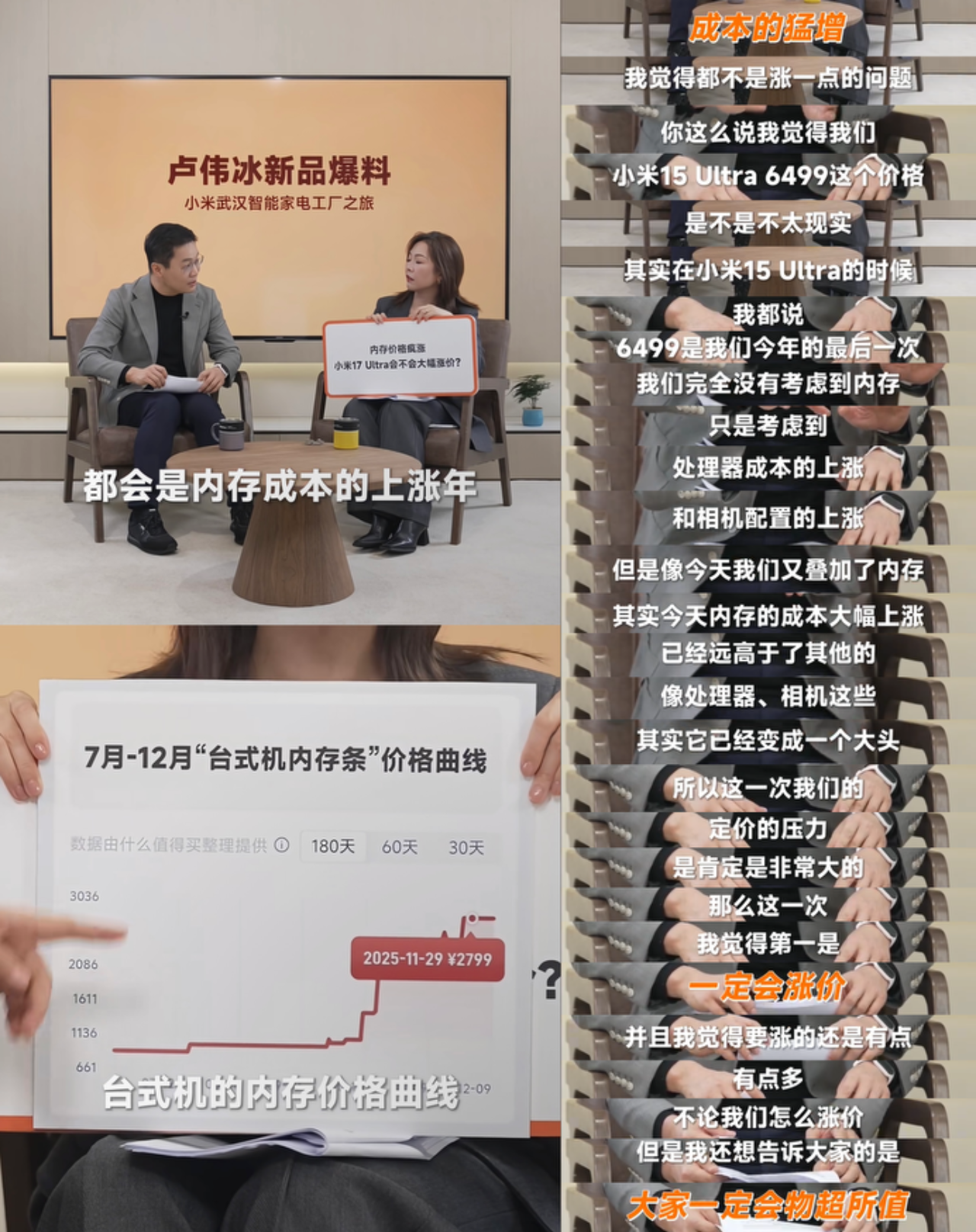
Regarding the Xiaomi 15 Ultra's "last time at 6499 yuan," Lu Weibing stated frankly that the price was not entirely based on memory, but rather on the increased cost of the processor and camera configuration.
The Xiaomi 17 Ultra also faces the added burden of increased memory costs, with a much higher increase than that of the processor and camera. Therefore, Lu Weibing emphasized, "The Xiaomi 17 Ultra will definitely see a price increase, and I think it will be quite significant. However, compared to the rising cost of memory, I think it's still relatively low."
During the live stream, Lu Weibing also revealed that the new phone will feature a one-inch main camera and a 200-megapixel telephoto lens, among which:
- The main camera features third-generation LOFIC technology, which improves dynamic range by more than ten times compared to the previous generation;
- The new phone's telephoto lens is 35% larger than that of the Xiaomi 15 Ultra, and costs about twice as much as its predecessor. It may be the most complex telephoto structure in the industry.
- The telephoto lens of the Xiaomi 17 Ultra is also Leica APO certified. Lu Weibing also stated that within the Leica lens system, APO represents high optical quality.
He also reiterated, "No matter how much the price of (Xiaomi 17 Ultra) increases, I still want to tell everyone that it will definitely be worth more than its price."
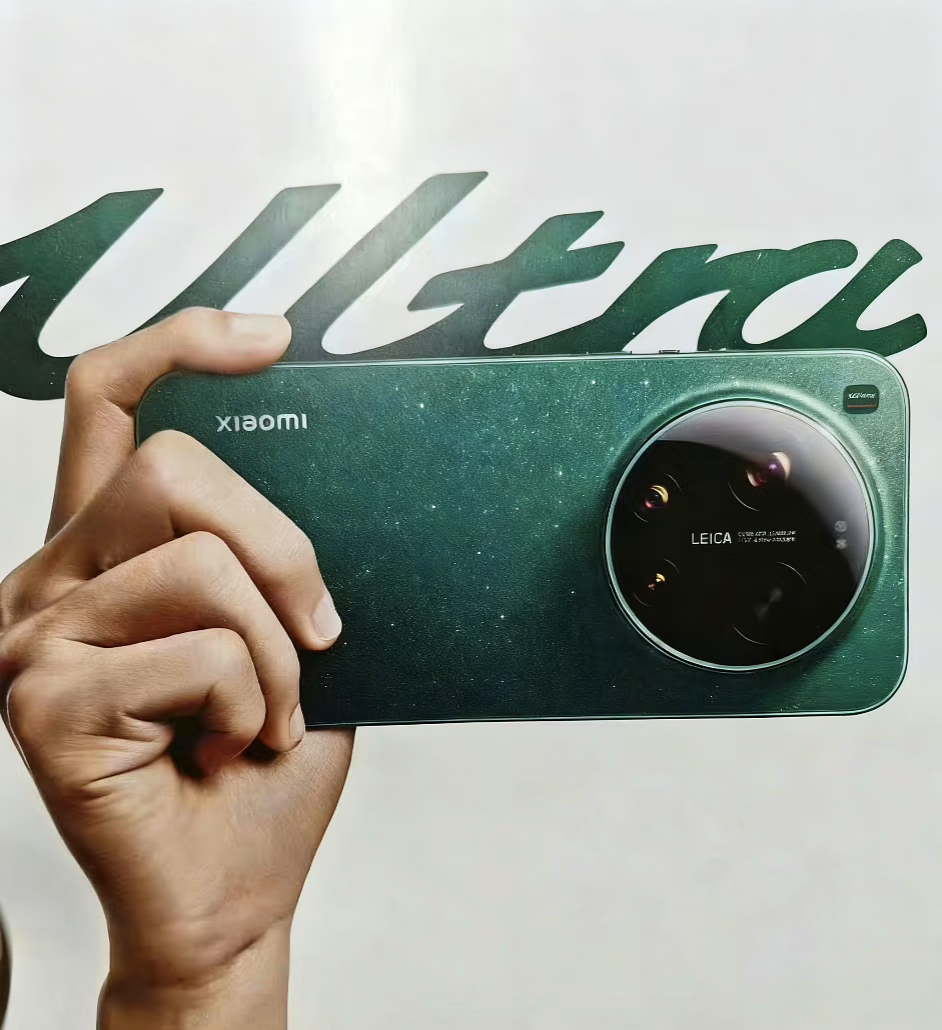
Images circulating online
Meanwhile, a poster purportedly showing the Xiaomi 17 Ultra has also been leaked. The new phone adopts a similar design to its predecessor, but the rear camera returns to a symmetrical layout and will be available in a green color option.
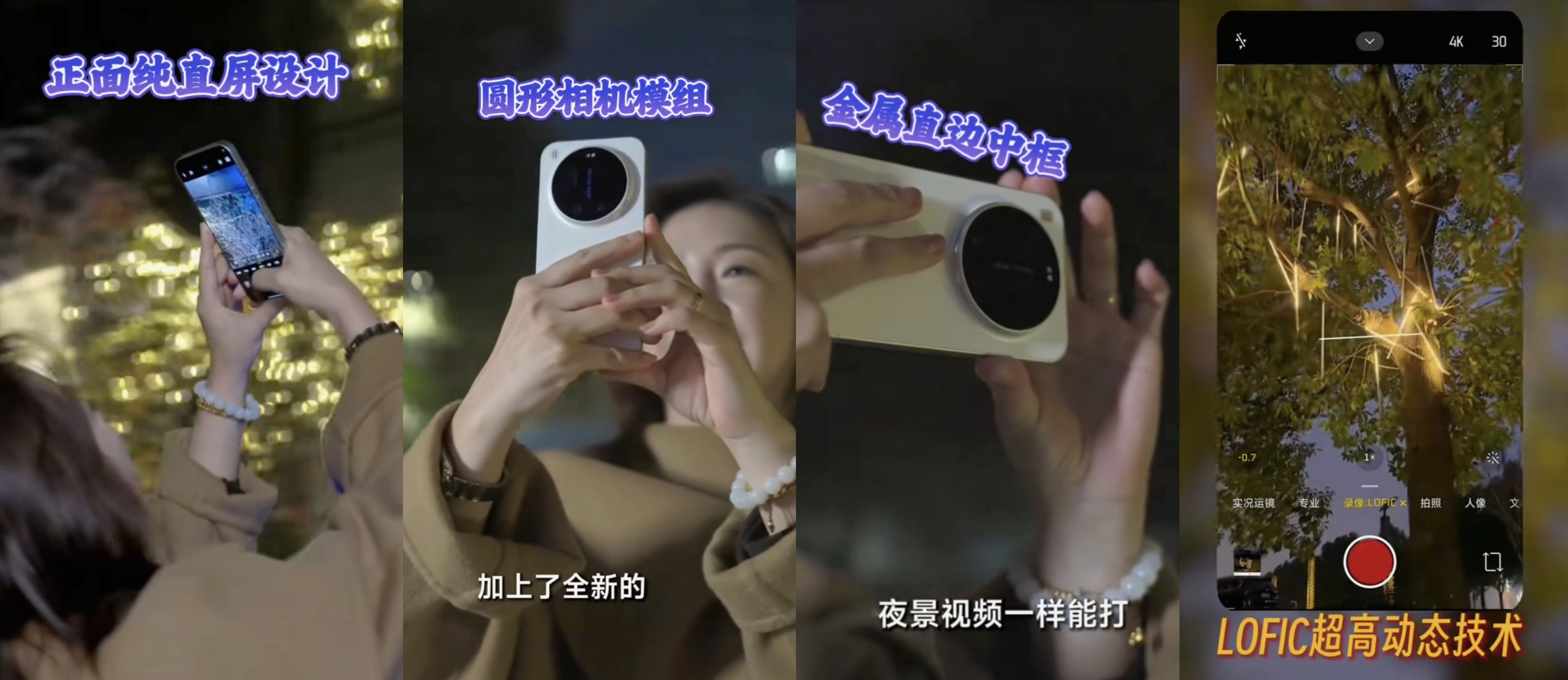
In a recent video, Xu Fei, Vice President of Xiaomi Group, also revealed some information about the new phone.
According to information released by Xu Fei, the new phone will feature a flat screen design and a straight metal frame, and will be available in white. Additionally, it will support features such as "Live Camera" and "LOFIC Video Recording".
In addition, Bao_XiaoLi, the head of Xiaomi's camera/album editing, also announced on the 20th that Xiaomi's Surge OS 3 album editing will be significantly upgraded—providing "saving original images and global reversible editing", "batch editing and cross-image editing", and "unified entry for dynamic photos, document editing, and portrait blur adjustment".
 Related reading: Like Xiaomi phones, the Xiaomi SU7 is going to increase in price.
Related reading: Like Xiaomi phones, the Xiaomi SU7 is going to increase in price.
my country successfully launched a test satellite for communication technology.
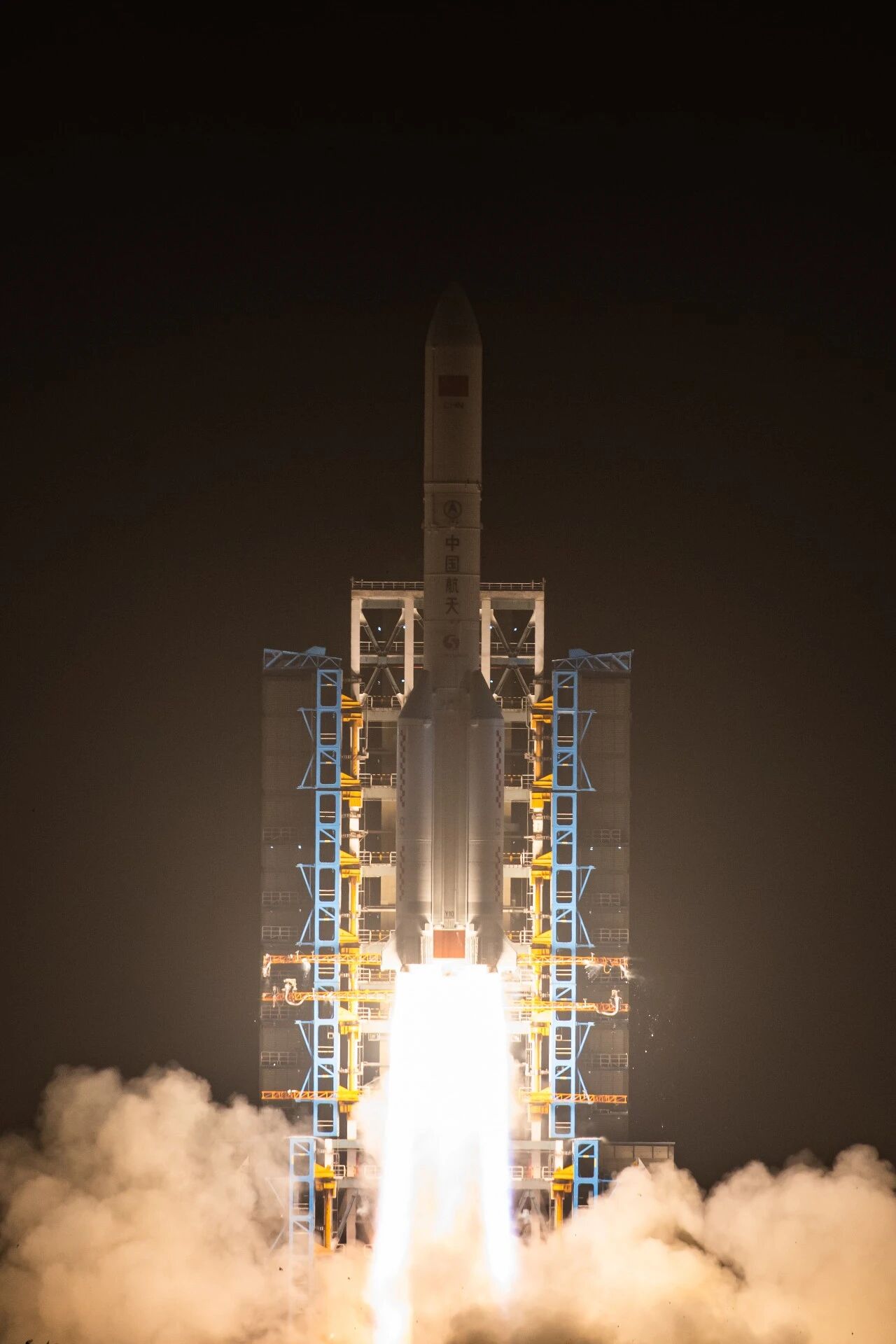
At 20:30 on December 20, the Long March 5 carrier rocket was launched from the Wenchang Space Launch Site in China and successfully sent the Communication Technology Experiment Satellite 23 into its predetermined orbit, marking a complete success for the launch mission.
According to the China Aerospace News, the Communication Technology Test Satellite No. 23 was developed by the Fifth Academy of China Aerospace Science and Technology Corporation and is mainly used to conduct verification of multi-band, high-speed satellite communication technology.
The Long March 5 rocket, developed by the First Academy of China Aerospace Science and Technology Corporation, is a two-and-a-half-stage liquid-propellant launch vehicle independently developed by my country. The rocket uses a fairing with a diameter of 5.2 meters and a height of 18.5 meters. This configuration better adapts to the development needs of my country's large satellite platforms and further enhances the rocket's ability to perform diverse missions.
Going forward, the team will focus on high-density launches, continue to explore optimization of the launch and testing process, and advance the development of new rocket configurations and the application of new technologies in the factory, in order to better meet future launch needs.
It is reported that this launch was the 618th launch of the Long March series carrier rockets.
The nation's first HarmonyOS-enabled smart water purification plant has been fully put into operation.
According to Shenzhen Water Affairs, on December 19, the Shenzhen Water Affairs Bureau organized a meeting to promote the "HarmonyOS Ecosystem Empowerment Action" in the Shenzhen water industry.
It is worth mentioning that the Zhangge Integrated Water Purification Plant, the first smart water purification plant in the country equipped with the HarmonyOS system, has been fully put into operation.
The report states that this is a vivid example of Shenzhen's water system actively developing the HarmonyOS industrial ecosystem, and also a benchmark case for the digital and intelligent transformation of water infrastructure.
The meeting emphasized that the integration of "HarmonyOS + Water Affairs" is not only a rigid requirement for ensuring urban water security, but also an important path to improve the level of intelligent water affairs management.
SF Express responds to withdrawing from Douyin e-commerce return business: Contract expired, normal business practice
According to a recent report by 36Kr, SF Express did not participate in Douyin's e-commerce return service in 2026, as it voluntarily withdrew from this business market.
Going forward, Douyin e-commerce return fulfillment will be gradually taken over by logistics service providers such as JD.com, ZTO Express, and YTO Express.
In response to the above news, SF Express stated through the Daily Economic News that its cooperation agreement with Douyin for electronic refunds expired naturally and terminated, which is a normal business practice.
According to industry analysts, this change is mainly due to SF Express's own business and strategic adjustments. Under pressure to grow its business, SF Express is continuously shrinking its return business.
Unitree Robots provided backup dancers for Wang Leehom's concert, and Elon Musk gave it a thumbs up.
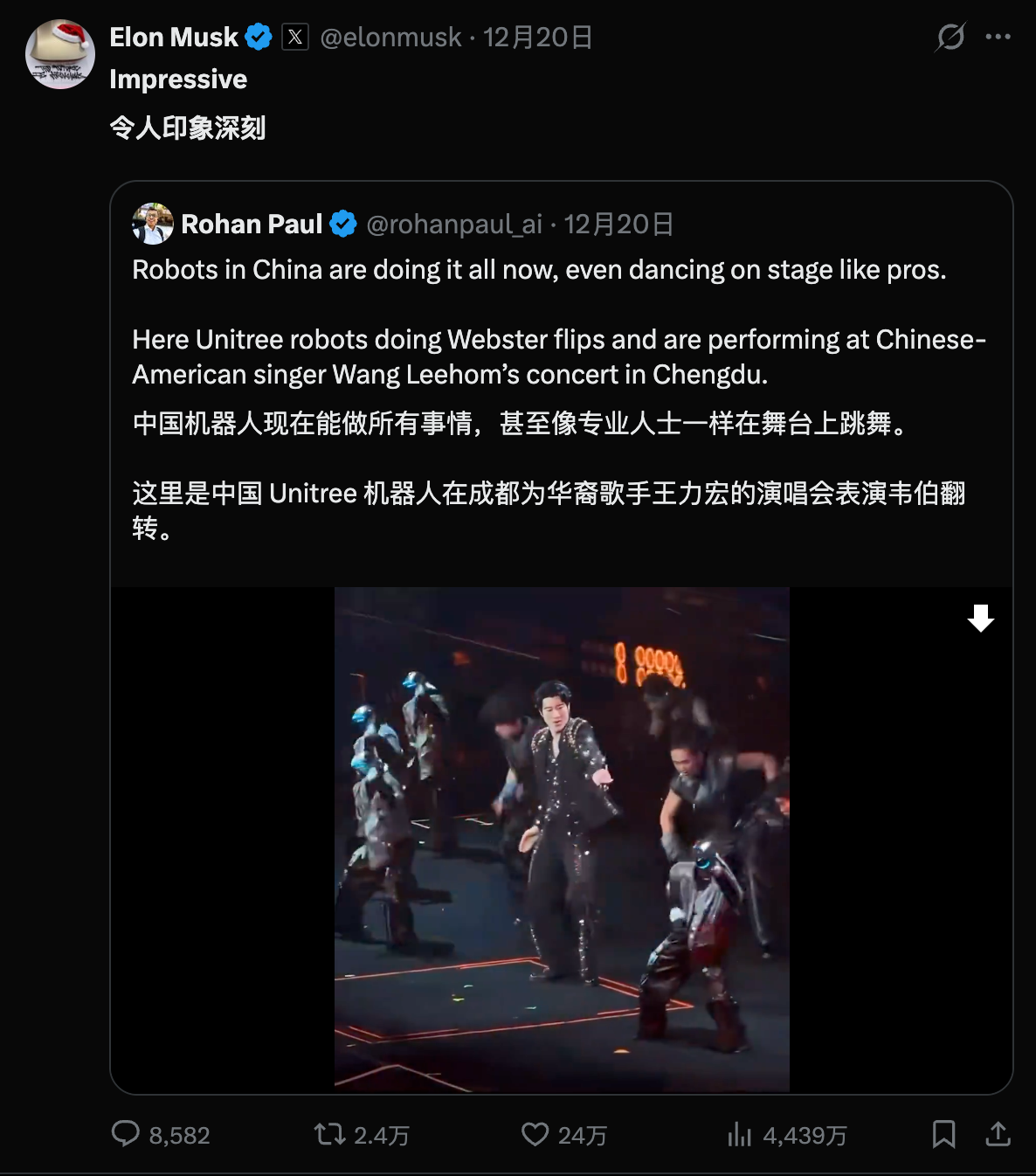
On December 18, at Wang Leehom's "The Best Place" tour concert in Chengdu, six humanoid robots appeared on stage to perform with the singer and dancers to the song "Full Power," and performed a high-difficulty "Webster" somersault.
Musk then retweeted the above content on the 20th, commenting "Impressive".
It is reported that the robot used in this performance is the Unitree humanoid robot G1, which has more than 17 degrees of freedom, a motion response speed of millisecond level, and supports high-intensity stage movements through a dynamic balance control system.
In terms of multi-robot collaboration, the Unitree team utilizes multi-agent control technology to enable multiple robots to perform synchronously in a stage environment. Simultaneously, the robots possess basic environmental perception capabilities, allowing them to avoid collision risks in complex lighting and crowded scenarios.
According to sources, the technical team and the performance organizers conducted extensive rehearsals and adjustments to ensure the success of the performance, repeatedly verifying the dance moves, rhythm matching, and stage safety. This also marked the first time that humanoid robots were fully integrated into a commercial concert performance as part of a "group dance," rather than as individual displays.
Drones can communicate even without a signal; scientists explore new quantum technologies.
According to Interesting Engineering, Alexander DeRieux, a PhD student at Virginia Tech, recently unveiled a new framework that promises to enable robots and drones to communicate even without a signal.
The report points out that when various communication devices send information, data packets need to traverse the open internet environment. However, during natural disasters, wars, or large-scale network outages, these data packets are very likely to be intercepted or even completely blocked. Currently, all traditional communication systems still rely on cables, radio waves, or satellites.
Furthermore, multi-agent AI systems such as drone swarms and robot squads typically rely on continuous wireless communication, but these signals are often lost or interfered with at wildfire sites or disaster areas, causing the swarm to malfunction.
To address these challenges, researchers at Virginia Tech proposed a concept of "machines sharing information without sending any data." They achieved this by introducing quantum entanglement.
It is understood that two particles under quantum entanglement can form a deep correlation under certain conditions. If one changes, the other will also change. This is not affected by distance and relies on the quantum state shared by the particles to transmit information, without the need to send signals into space like radio waves.
The report explains that this new framework is called eQMARL (entangled quantum multi-agent reinforcement learning). This learning method allows machines to continuously try and fail, adjusting based on environmental feedback, thereby improving their behavior.
At the same time, the system only needs to know that "a change has occurred" and does not need to know the specific changes. The agent can obtain effective information from the cluster without any direct data transmission by measuring the local quantum state.
The report points out that in the short term, this research is expected to be applied to drone swarm firefighting and robot search and rescue of collapsed buildings; in the long term, this idea also points to an ultra-secure communication method that completely bypasses the Internet, which can significantly reduce the risk of hacker attacks.
However, this technology also has obvious limitations. At present, large-scale and stable quantum entanglement is still difficult to move out of the laboratory, and the practical quantum hardware is not large enough and reliable enough for practical application.
Dr. DeRieux predicts that it may take another 10-15 years before real-world applications of disaster relief drones become a reality.
Samsung to launch Gemini AI refrigerator

Samsung Electronics recently announced that it will officially launch a new high-end refrigerator equipped with Google's AI model Gemini in January next year.
The official statement indicates that the refrigerator's Gemini system uses AI visual analysis combined with an in-fridge camera to identify and analyze stored food. This upgrade expands the range of items the refrigerator can automatically recognize, surpassing the previous Samsung model's limitation of recognizing 37 types of fresh food and 50 types of packaged products.
It's worth mentioning that Gemini can also recognize handwritten or printed labels on food containers and automatically add items to a digital shopping list.
Samsung says the Gemini refrigerator also supports AI food management features, which provide ingredient tracking, recipe recommendations, and shopping suggestions based on the user's consumption patterns.
In the future, Samsung plans to extend its upgraded AI visual recognition technology to its wine refrigerators. Through the AI wine management system, the refrigerator can identify stored wine bottles and record detailed information such as name, variety, vintage, and storage location; the system can also update inventory in real time when bottles are moved or removed.
Musk's net worth continues to soar: reaching $749 billion
According to the latest data from Fortune's global billionaires list, Tesla CEO Elon Musk's net worth surged to $749 billion on the evening of the 19th.
This increase was largely due to the Delaware Supreme Court reinstating a $139 billion Tesla stock option compensation package that had been rejected by a lower court last year.
Reuters reports that the compensation plan was initially drafted in 2018, at which time it was valued at approximately $56 billion. However, due to the sheer size of the amount, a lower Delaware court rejected the plan in 2024, deeming it "incomprehensibly high."
However, the Delaware Supreme Court recently ruled that the rejection was "inappropriate" and unfair to Musk.
Furthermore, with news of a potential IPO for aerospace technology company SpaceX, Musk became the first person in history to surpass a net worth of $600 billion earlier this week. In November, Tesla shareholders also approved another compensation package worth a staggering $1 trillion, setting a new record for corporate compensation.
Currently, Musk's net worth is approximately $500 billion more than that of Larry Page, the world's second richest person and co-founder of Google. Page's net worth is approximately $253 billion, still far behind Musk's wealth.
Former CEO of Volkswagen China comments on Xiaomi SU7 Ultra, Lei Jun reposts.
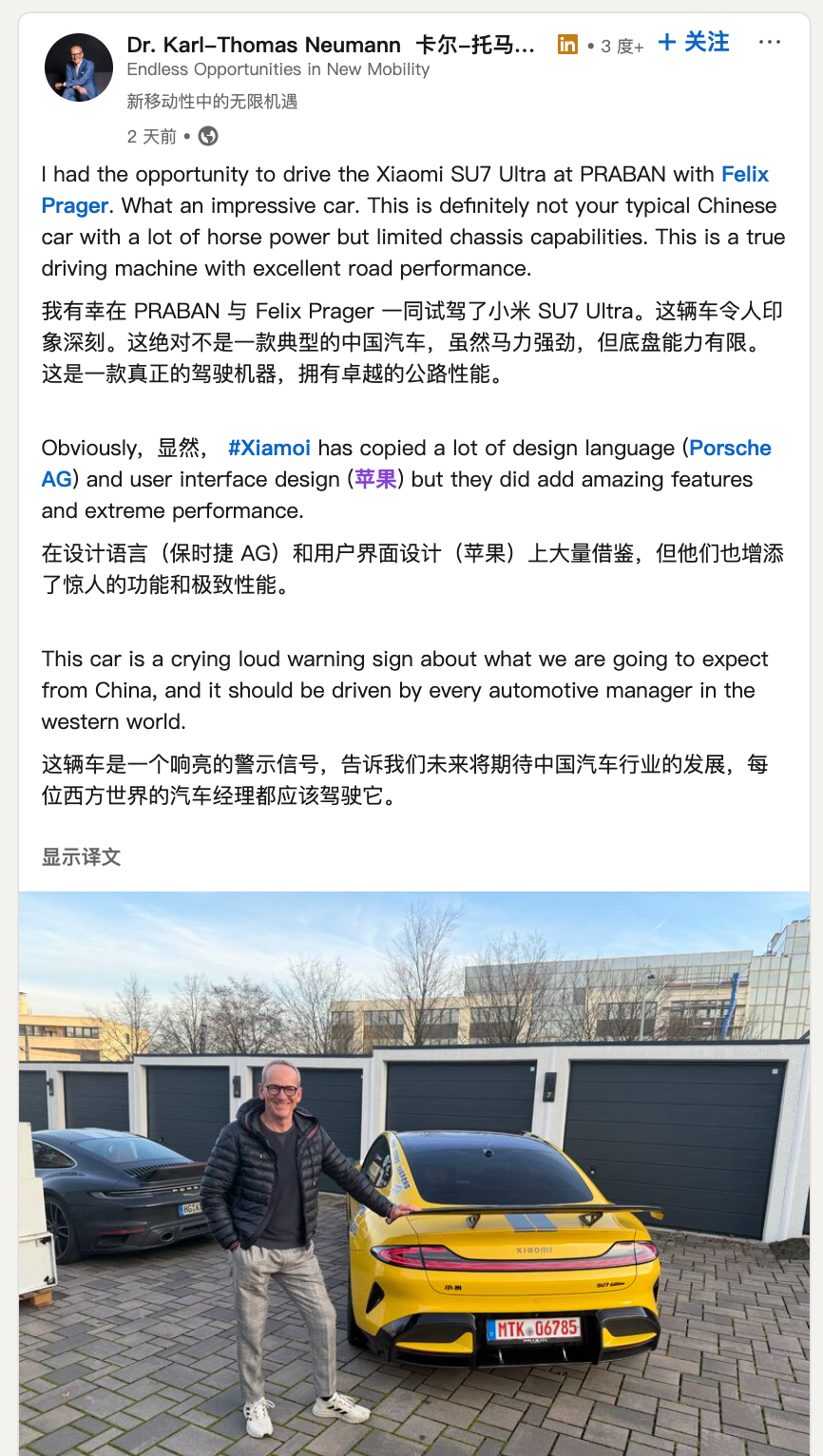
Recently, Dr. Karl-Thomas Neumann, former CEO of Volkswagen China, posted on LinkedIn that he recently test-drove the Xiaomi SU7 Ultra and said he was "deeply impressed" with the model.
Thomas stated that while the Xiaomi SU7 Ultra borrowed design language and user interface design from Porsche and Apple respectively, the Xiaomi Auto team also added amazing features and ultimate performance to the vehicle.
He also emphasized that the Xiaomi SU7 Ultra is a stark warning sign, "telling us that we should look forward to the development of China's automotive industry in the future, and that every automotive manager in the Western world should drive it."
Subsequently, Lei Jun, the founder of Xiaomi, forwarded the relevant content and quoted Thomas's evaluation: "This is a true driving machine with excellent on-road performance."
Moore's Threads releases a new generation of GPU architecture
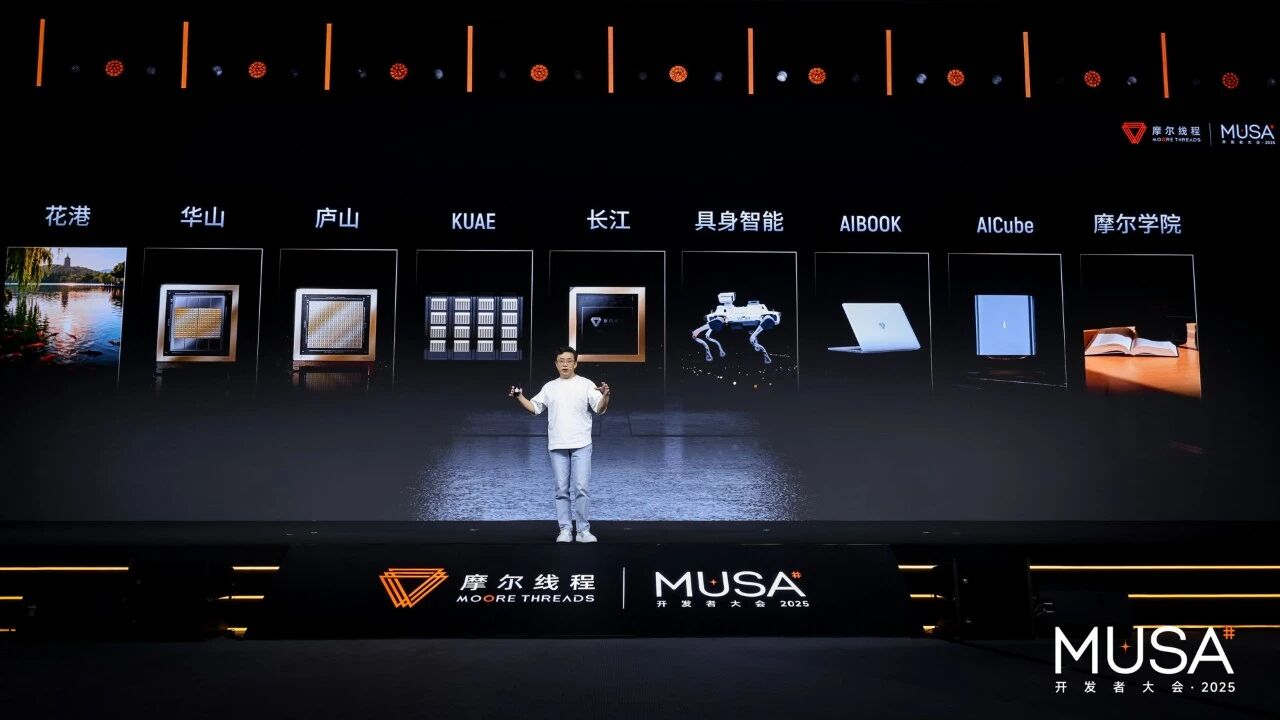
Recently, Moore Threads held its first "MUSA Developer Conference" (MDC 2025), where founder, chairman and CEO Zhang Jianzhong introduced the company's core achievement developed over five years—the new generation of full-featured GPU architecture "Huagang".
Zhang Jianzhong stated that the innovation of a full-featured GPU is essentially a history of computing power evolution, which means that GPU chips can handle most data units and formats.
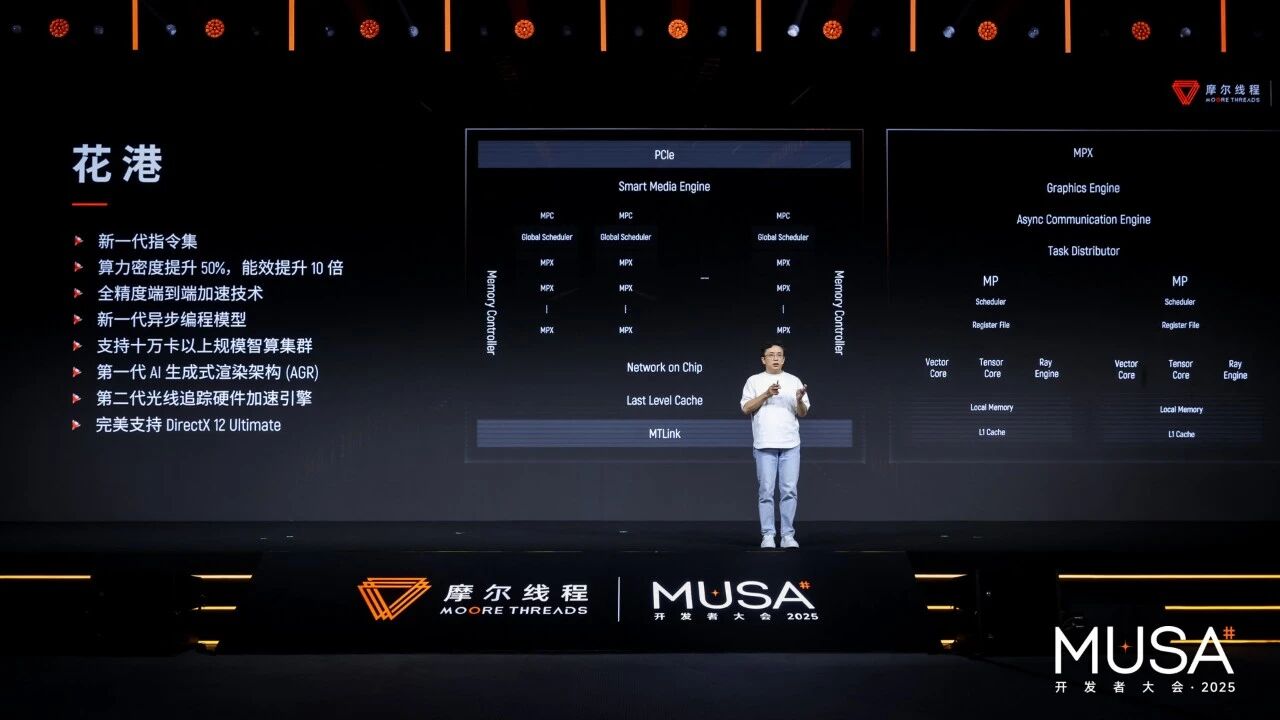
The newly released "Huagang" architecture adopts a new generation instruction set, which improves computing power density by 50% and energy efficiency by 10 times compared to the previous generation. It will be mass-produced next year.
It's worth noting that the "FlowerHarbor" architecture supports full precision from FP4 to FP64 and integrates a first-generation AI Generative Rendering Architecture (AGR) and a second-generation ray tracing hardware acceleration engine in graphics technology. Based on the "FlowerHarbor" architecture, Moore's Threads simultaneously announced plans for two core chips:
- The "Huashan" chip, which focuses on AI training and push integration and super intelligent fusion, has a built-in new generation asynchronous programming model with efficient thread synchronization and thread bundle specialization features. In terms of tensor computation, the chip has full-precision MMA and is equipped with Moore's Thread MTFP8/6/4 hybrid low-precision computing technology.
- Lushan, specializing in high-performance graphics rendering, has significantly optimized task allocation and balancing, resulting in a 64x improvement in AI computing performance and a 16x improvement in geometry processing performance compared to its predecessor. It also fully supports DirectX 12 Ultimate.
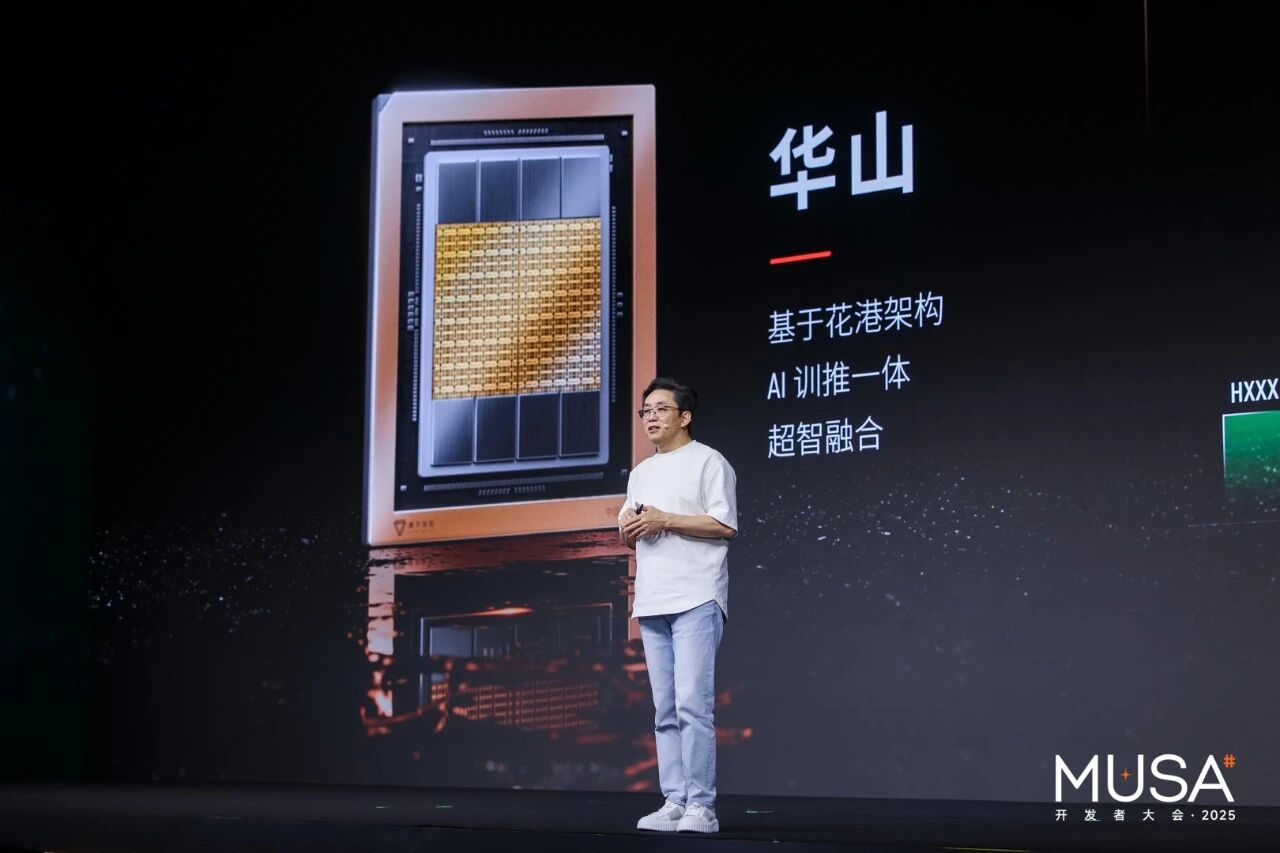
Moore Threads unveiled the "Kua'e" Wanka intelligent computing cluster at the event. This cluster boasts a floating-point computing power of 10 Exa-Flops. In actual operation, the Wanka cluster achieves a training computing power utilization (MFU) of 60% on Dense large models and 40% on MOE large models, with an effective training time ratio exceeding 90%.
Moore Threads showcased its collaboration with Silicon Flow, addressing the current market focus on inference performance.
On the DeepSeek R1 671B full model, the Moore Threads MTT S5000 single card achieved a prefill throughput exceeding 4000 tokens/s and a decode throughput exceeding 1000 tokens/s.
The report points out that this data means that domestically produced GPUs have made substantial breakthroughs in system-level engineering optimization when processing ultra-large-scale parameter models.
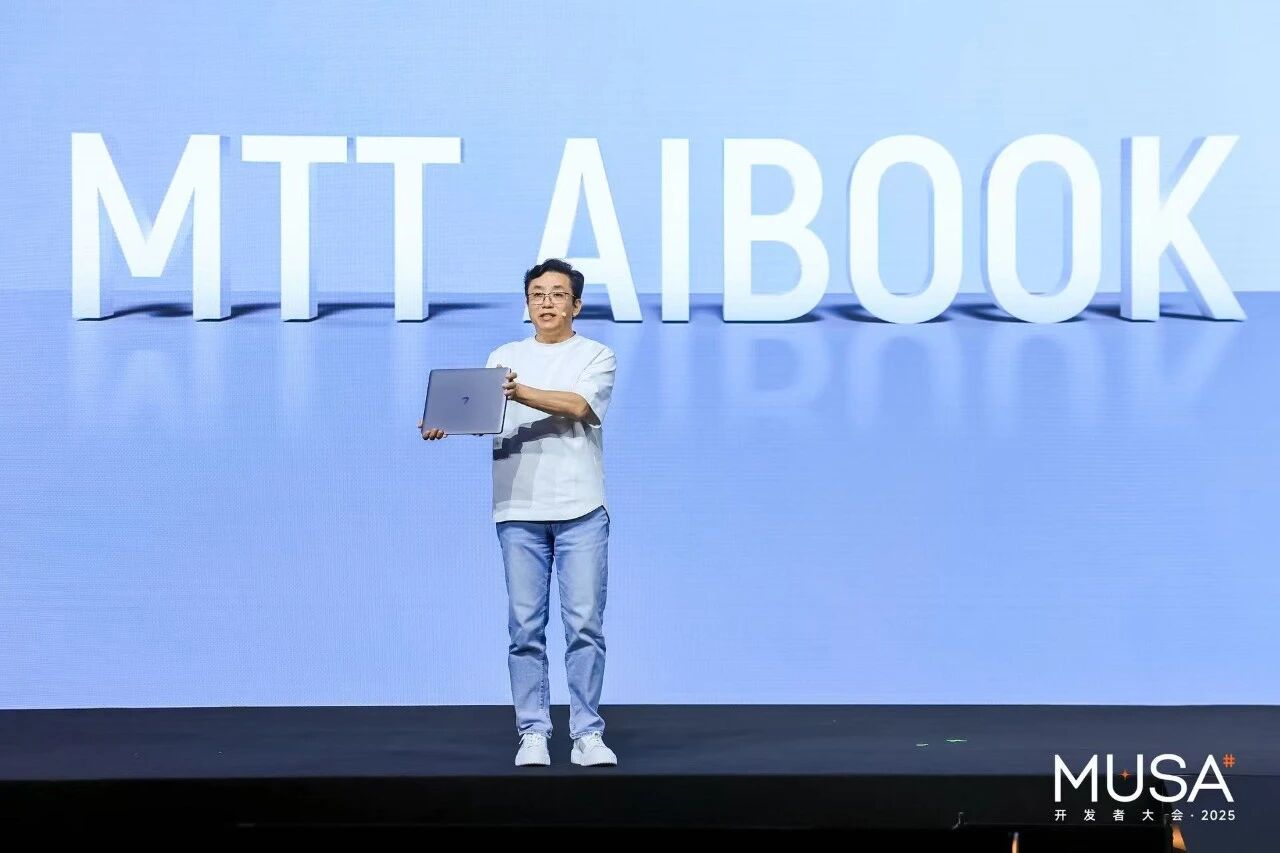
In addition, Moore Threads has officially entered the field of personal intelligent computing terminal hardware.
At the event, Zhang Jianzhong introduced the company's first AI computing power laptop, MTT AIBOOK, priced at 9,999 yuan (32GB+1TB version), which is expected to go on sale on January 10, 2026.
This laptop is equipped with the "Yangtze River" intelligent SoC chip, which is independently developed by Moore Threads. The SoC integrates a high-performance all-core CPU and a full-featured GPU, with a heterogeneous AI computing power of 50 TOPS.
MiniMax passes Hong Kong Stock Exchange listing hearing
According to a report by Cailian Press yesterday, MiniMax, a general artificial intelligence technology company, has passed the listing hearing of the Hong Kong Stock Exchange.
The most attention-grabbing set of data in the prospectus concerns "people":
The average age of the company's employees is only 29 (born after 1995), and the average age of the board of directors is only 32 (born after 1990).
This is understood to be extremely rare in the history of Hong Kong-listed companies. A 32-year-old board of directors means that this is a technology company where decision-making is dominated by people born in the 1990s.
MiniMax (Shanghai Xiyu Technology) is a Chinese large-scale model startup founded in early 2022. Headquartered in Shanghai, it focuses on developing general artificial intelligence technology that integrates text, voice, and visual multimodal data.
From its founding in 2021 to its IPO in Hong Kong in 2025, MiniMax has only taken four years, potentially breaking records to become the AI company with the shortest time from founding to IPO.
Based on its self-developed large model, MiniMax has created an AI-native product matrix covering both C-end and B-end, including Conch AI, Talkie, and Hoshino, and provides open platform services for enterprise users and developers.
According to the prospectus, which was first published in the Post-Hearing Information Set (PHIP) version, as of September 30, 2025, MiniMax had more than 212 million individual users in more than 200 countries and regions and 130,000 enterprise customers in more than 100 countries.
It is worth noting that its revenue in the first nine months of 2025 increased by more than 170% year-on-year, with overseas markets contributing more than 70% of the revenue.
 Hideo Kojima: Making a game for AI
Hideo Kojima: Making a game for AI
In an interview with Nikkei Xtrend last week, renowned game producer Hideo Kojima unveiled a series of ambitious ideas.
Besides mentioning the horror game "OD" currently in development and the PS exclusive spy game "Physint" which is in the conceptual stage, he revealed that he most wants to try two "somewhat outrageous" projects: a game played in a zero-gravity environment and a game specifically "for AI to play".
Hideo Kojima has a clear logic regarding "games for AI." He believes that AI's current knowledge base is still insufficient, so this game will serve as "learning material" for AI, aiming to make AI feel happy and help it learn.
He boldly predicts that AI will completely transform the way games are developed within 5 to 10 years and eventually enter many more different fields.
Hideo Kojima has demonstrated a rational and open-minded attitude in response to external resistance to AI. He likened AI to the smartphone of yesteryear—initially heavily criticized, but now indispensable.
He believes AI should be viewed as a tool to fine-tune game style based on player habits or to handle repetitive and tedious tasks, allowing creators to focus their energy on more creative aspects.
Importantly, while considering how to move in the right direction, we should improve technology in a way that makes people happy.
Samsung unveils Exynos 2600, the world's first 2nm mobile phone chip.

Samsung recently launched the world's first 2nm smartphone application processor, the Exynos 2600.
According to reports, the Exynos 2600 was designed by the System LSI business unit under Samsung Electronics Solutions and manufactured using a 2-nanometer gate-all-around (GAA) process at Samsung's own wafer fabs.
The new processor features a new 10-core CPU design based on the Arm v9.3 architecture, consisting of a high-performance core running at up to 3.8GHz, supplemented by 3 performance cores and 6 efficiency cores. Samsung claims that its performance has been improved by up to 39%.
In terms of GPU, the Exynos 2600 introduces the Xclipse 960 GPU, which is said to have twice the computing performance of the previous generation, while also improving ray tracing performance by up to 50%.
In terms of artificial intelligence and NPU, the upgraded Neural Processing Unit (NPU) will be 113% faster. For image processing, the Exynos 2600 supports 320-megapixel camera sensors and also adds support for features such as Deep Learning Video Noise Reduction (DVNR).
It is worth mentioning that the Exynos 2600 also focuses on optimizing heat dissipation performance: it adopts thermal path blocks (HPB) and optimizes the heat transfer path, reducing the thermal resistance of heat flow in the chip by up to 16%.
The Exynos 2600 is expected to be available to consumers in the Galaxy S26 series.
However, according to The Bell, citing sources familiar with the matter, Samsung Electronics' Mobile Experiences (MX) and System LSI divisions are considering whether to equip the Galaxy Z Flip 8 foldable phone, slated for release next summer, with the Exynos 2600.
Nvidia's new model can run all kinds of games.
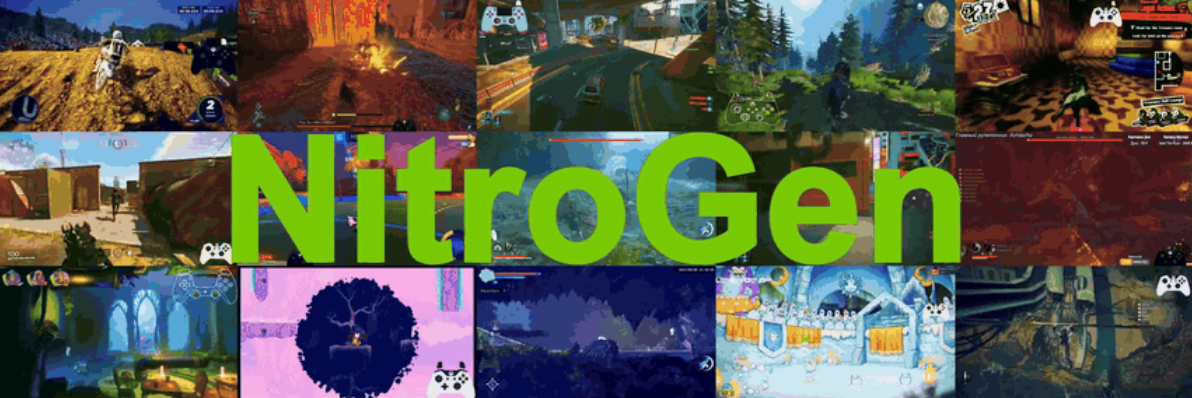
NVIDIA recently announced its latest open-source foundation model, "NitroGen".
According to the official description, NitroGen is a unified vision-to-action model that can play games directly from raw frames. It can also take video game frames as input and output gamepad controls.
It's worth mentioning that NitroGen supports post-training, so when a model is used in a new game, it can be quickly adapted and used universally with only minor tweaks or adjustments.
According to the official statement, unlike models that use reinforcement learning, NitroGen is trained through large-scale imitation learning on human game videos.
It is reported that NitroGen uses an inverse dynamics model to "reverse-engineer" player button presses from 40,000 hours of publicly available internet videos, synthesizing massive amounts of training data to achieve pure imitation learning.
Of course, the team also pointed out the model's shortcomings:
NitroGen performs best in games designed for gamepads (such as action, platforming, and racing games), but performs poorly in games that heavily rely on the mouse and keyboard (such as real-time strategy and multiplayer online battle arena).
The team says NitroGen aims to explore whether it is possible to generate emergent, general embodied capabilities by training on a wide variety of human game behaviors at scale, similar to how scaling unlocks emergent behaviors in large language models.
 Official project: https://huggingface.co/nvidia/NitroGen
Official project: https://huggingface.co/nvidia/NitroGen
The new Corolla is launched, starting at 99,000 yuan.
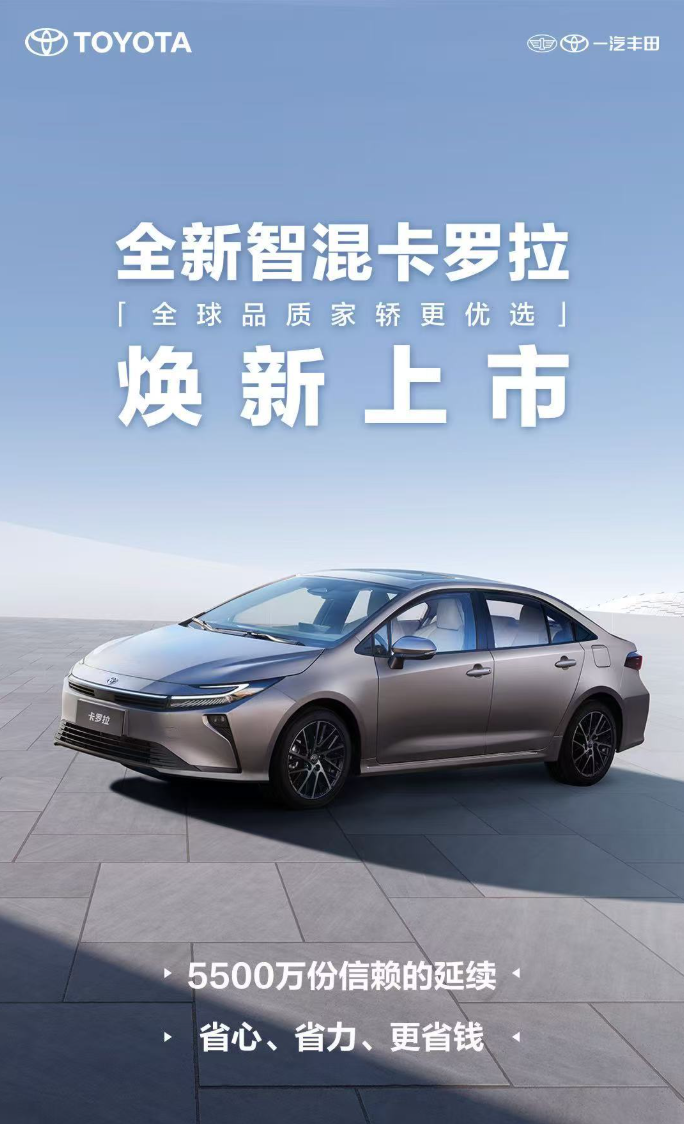
Yesterday, FAW Toyota officially announced the launch of its new intelligent hybrid Corolla, with prices starting from 99,000 yuan.
The new car will offer two powertrain options: a 1.8L electric hybrid and a 2.0L gasoline engine (the 2.0L version is priced at 118,000 yuan).
According to reports, the new car features a brand-new "hammerhead shark" front design, with the wheelbase extended to 2750mm, the body length increased by 75mm, and the trunk capacity reaching 470L.
Inside, the new car features an 8.8-inch full LCD instrument panel, a 12.9-inch central control screen, a 19mm hidden through-type air conditioning vent, 50W high-power wireless charging for mobile phones, and 64-color ambient lighting, among other features.
In addition, the Corolla Hybrid comes standard with the Toyota Pilot driver assistance system, which includes LDA lane departure warning system, PDA predictive active driving assistance system, and EDSS emergency stop system.
In addition, the Corolla's sister model, GAC Toyota Levin L, has also been officially updated and launched, starting at 129,800 yuan. It offers three powertrain options: 1.2T, 2.0L, and 1.8L hybrid. The interior is similar to the Corolla Hybrid, featuring a 12.9-inch floating central control screen and an 8.8-inch LCD instrument panel.
Real Racing 3 is about to be shut down and its servers closed.

EA's mobile racing game Real Racing 3 recently announced that it has been officially removed from the App Store and Google Play on December 18, and in-game purchases have been disabled.
Meanwhile, the game will officially shut down on March 19, 2026, at which time players will no longer be able to play.
As a token of appreciation, the game will give all players 1000 gold coins, an Audi S1 e-tron quatto, and a 2023 Rimac Nevera.
Real Racing 3 is a racing game developed by Firemonkeys Studios and published by Electronic Arts on February 28, 2013. It supports Android and iOS platforms, uses the Mint 3 Engine, and features a real-time vehicle damage system and dynamic reflection technology.
Do any of you Real Racing 3 players remember this line?
If you are going to a real-world racetrack, please wear a helmet and fasten your seatbelt.
Heytea issued an apology statement regarding the negative reviews of its "Apple Candy" product.
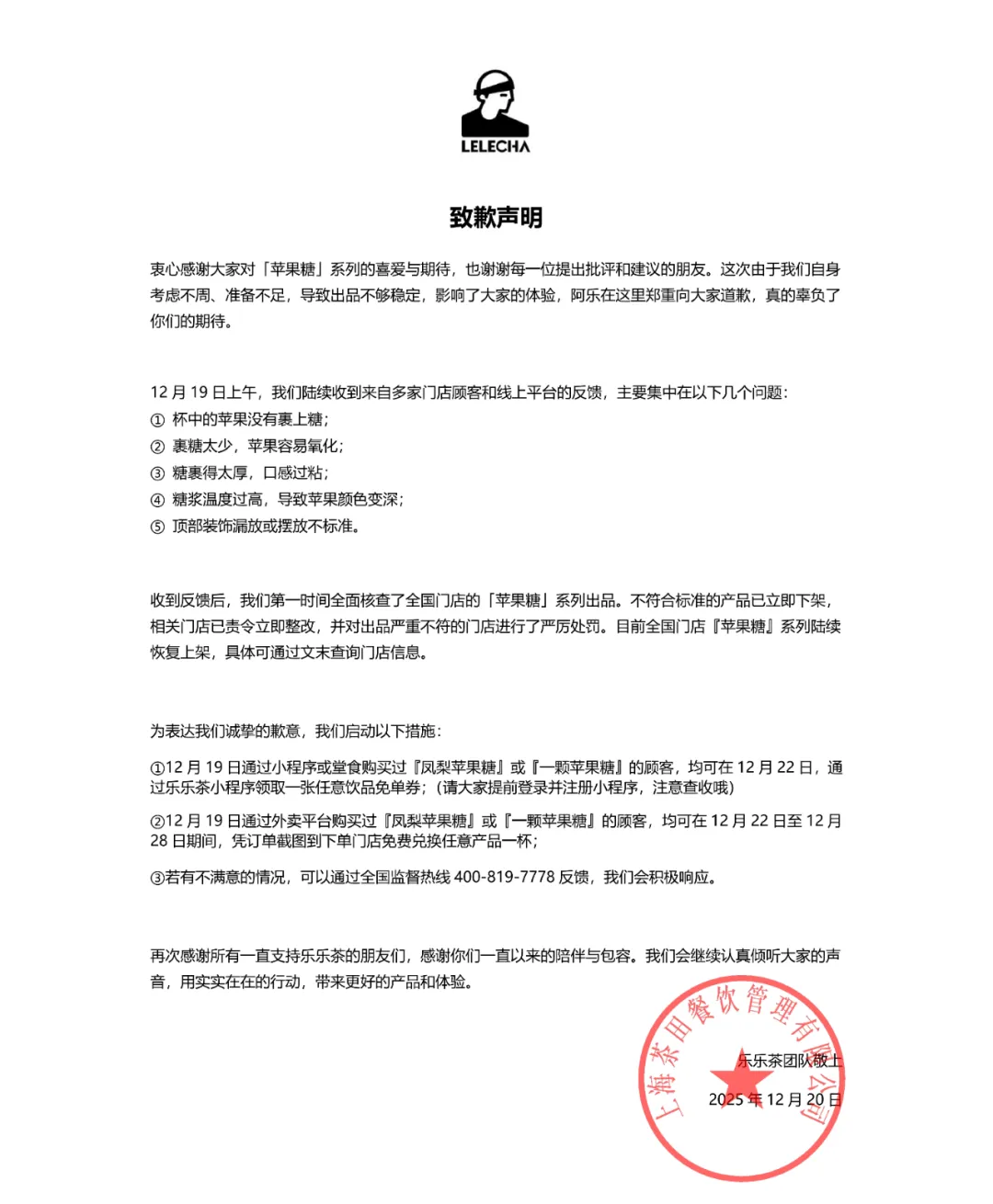
Recently, some netizens posted that Heytea's new product, "Apple Candy," has many problems. "The apple candy is soft, not crisp at all, and sticks to your teeth."
In response to the above situation, Heytea issued an apology statement on December 20.
Heytea expressed its heartfelt gratitude for everyone's love and anticipation for the "Apple Candy" series, and also thanked everyone who offered criticism and suggestions.
They stated that the quality control issues with the "Apple Candy" were due to their own lack of consideration and insufficient preparation, resulting in inconsistent product quality and affecting everyone's experience. They sincerely apologized to consumers for failing to meet everyone's expectations.
Heytea pointed out that the apple candy had several issues: "the apple in the cup was not coated with sugar," "too little sugar coating made the apple oxidize easily," "the sugar coating was too thick, making it too sticky," "the syrup temperature was too high, causing the apple to darken in color," and "the topping was missing or not placed properly."
Heytea has immediately removed the products that do not meet the standards, ordered the relevant stores to rectify the issues immediately, and severely punished the stores that produced products that were seriously inconsistent with the standards.
7-Eleven's marketing strategy of using cigarettes with a "human touch" has sparked controversy.
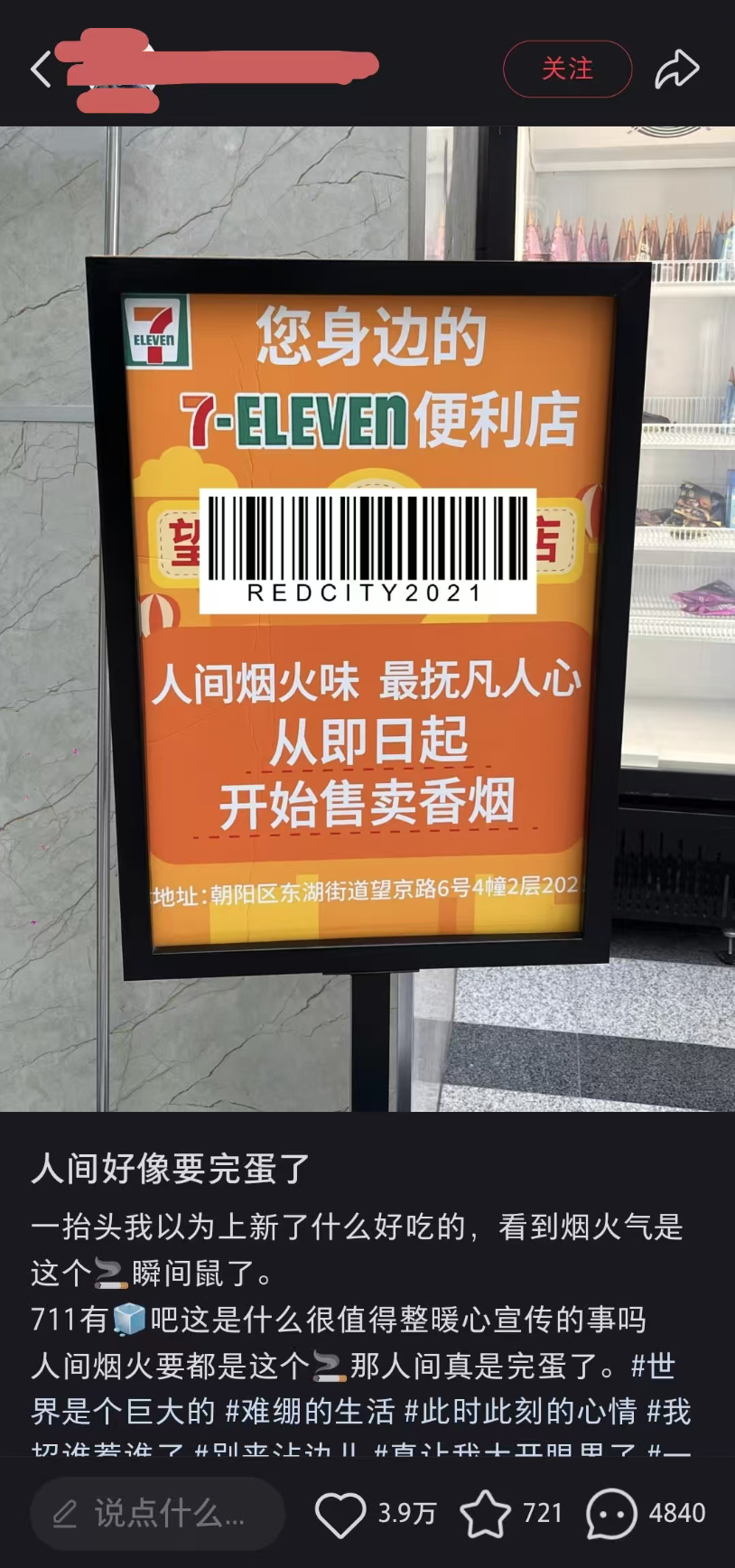
It has been reported that a netizen recently posted that a 7-ELEVEN convenience store in Beijing had hung up a cigarette advertisement with the slogan "The most comforting thing in life is the smell of everyday life".
According to photos posted by netizens, a sign was placed at the entrance of the store that read, "7-ELEVEN convenience store, the taste of everyday life, the most comforting thing for ordinary people. Cigarettes are now being sold."
According to Modern Express, staff at the convenience store in question said that the signboard was made by the store itself, and they later discovered that the content of the signboard was inappropriate.
According to a report by Hunan TV, on December 20, an employee of 711 (Beijing) Co., Ltd., the company that owns the store, stated that the company takes the matter very seriously and, upon discovering the inappropriate advertisements posted at the store, immediately ordered the store to remove them. As for why the store posted such advertisements, the employee stated they were unaware.
Regarding the above situation, Yang Min, a lawyer from Hubei Chisheng Law Firm, pointed out that "the store's actions were inappropriate."
Lawyers stated that the state explicitly prohibits outdoor tobacco advertising and the sale of cigarettes to minors. This advertisement failed to differentiate its target audience and is suspected of illegally publishing tobacco advertisements. Furthermore, the advertisement's association of "the smell of everyday life" with the sale of cigarettes constitutes disguised tobacco promotion and violates relevant provisions of the Advertising Law.
The live-action film adaptation of "Looking Back" releases its teaser trailer.

According to Sina Movies, the first trailer for the live-action film adaptation of Hirokazu Kore-eda's "Looking Back" has been released, with a planned release in Japan in 2026.
The film is adapted from Fujimoto Tatsuki's original manga, telling the story of two girls with very different personalities, Fujino and Kyomoto, who become best friends and grow up together because of their shared passion for drawing manga. An animated version, directed by Oshiyama Kiyotaka, was released last year.
my country's first AIGC animated film, "Reunion Order," held a preview screening.
China Film Report
According to CCTV News, on December 20, "Reunion Order," my country's first animated film produced entirely using artificial intelligence technology (AIGC), held a preview screening in Beijing.
It is reported that the film takes the separation, search and reunion of the giant panda siblings "Tuanzai" and "Yuanniu" as the main storyline, focuses on the theme of the times, highlights simple values, tells Chinese stories with a global perspective, expresses feelings of family and country, and conveys the concept of reunion.
The exquisite texture of the fur of "Tuanzai" and "Yuanniu" in the film, and the realistic reproduction of their facial muscles when making expressions, make the audience feel the rapid development of artificial intelligence technology.
Ma Teng, the chief director of "Reunion Order," explained that the film's quality was refined through improvements such as enhancing and smoothing the hair, as well as refining the lighting and shadows. These challenges were addressed one by one as they arose during production. The use of new technologies was intended to provide the audience with a completely new cinematic experience.
According to reports, "Reunion Order" is a joint production of China Media Group, Beijing New Film Union Film Co., Ltd., and other organizations. As China's first theatrical animated film produced entirely with AI, the film relies on a production platform independently developed by the creative team, breaking away from the traditional linear film production method. Through a multi-stage parallel production model, it utilizes the characteristics of artificial intelligence technology for real-time iterative updates, compressing the conventional animated film production cycle from three to five years to one year.
The first season finale poster for "The Enthusiasts" has been released.

According to Hollywood Watch, The Funniest has released its season finale poster and Christmas poster, and the final episode (episode 9) of the first season will air on Wednesday (Christmas Eve, December 24).
The first season of "Funniest" was produced by Sony Pictures Television, written and directed by Vince Gilligan and others, and starred Réa Sejon, Carolina Vydra, and Carlos-Manuel Besga, with guest appearances by Miriam Scholl, Samba Schut, and others.
Set in Albuquerque, New Mexico, the series tells the story of "the most miserable people on Earth who want to save the world from happiness." It premiered on Apple TV on November 7, 2025.
#Welcome to follow iFanr's official WeChat account: iFanr (WeChat ID: ifanr), where more exciting content will be presented to you as soon as possible.
ifanr | Original Link · View Comments · Sina Weibo


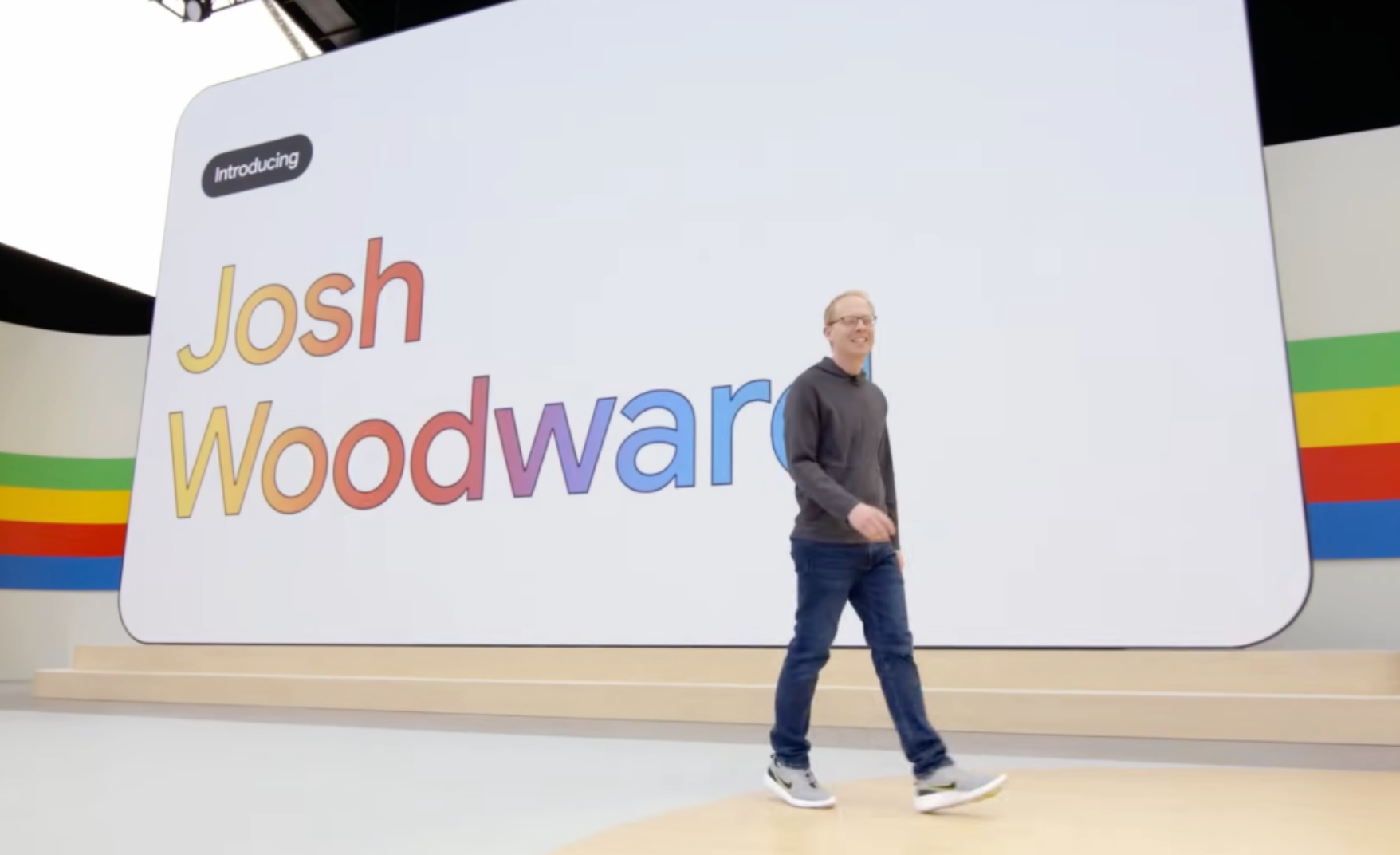

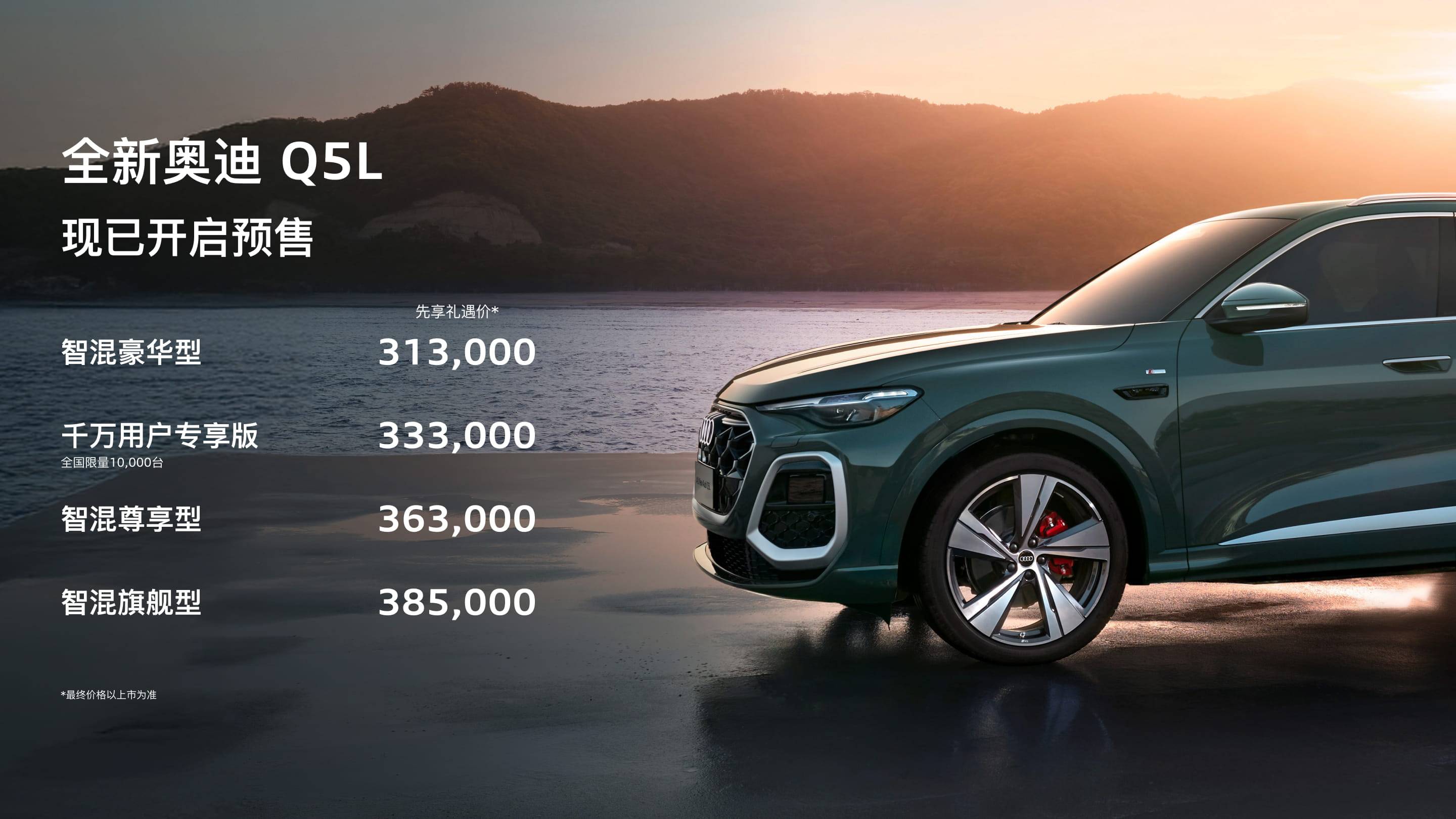
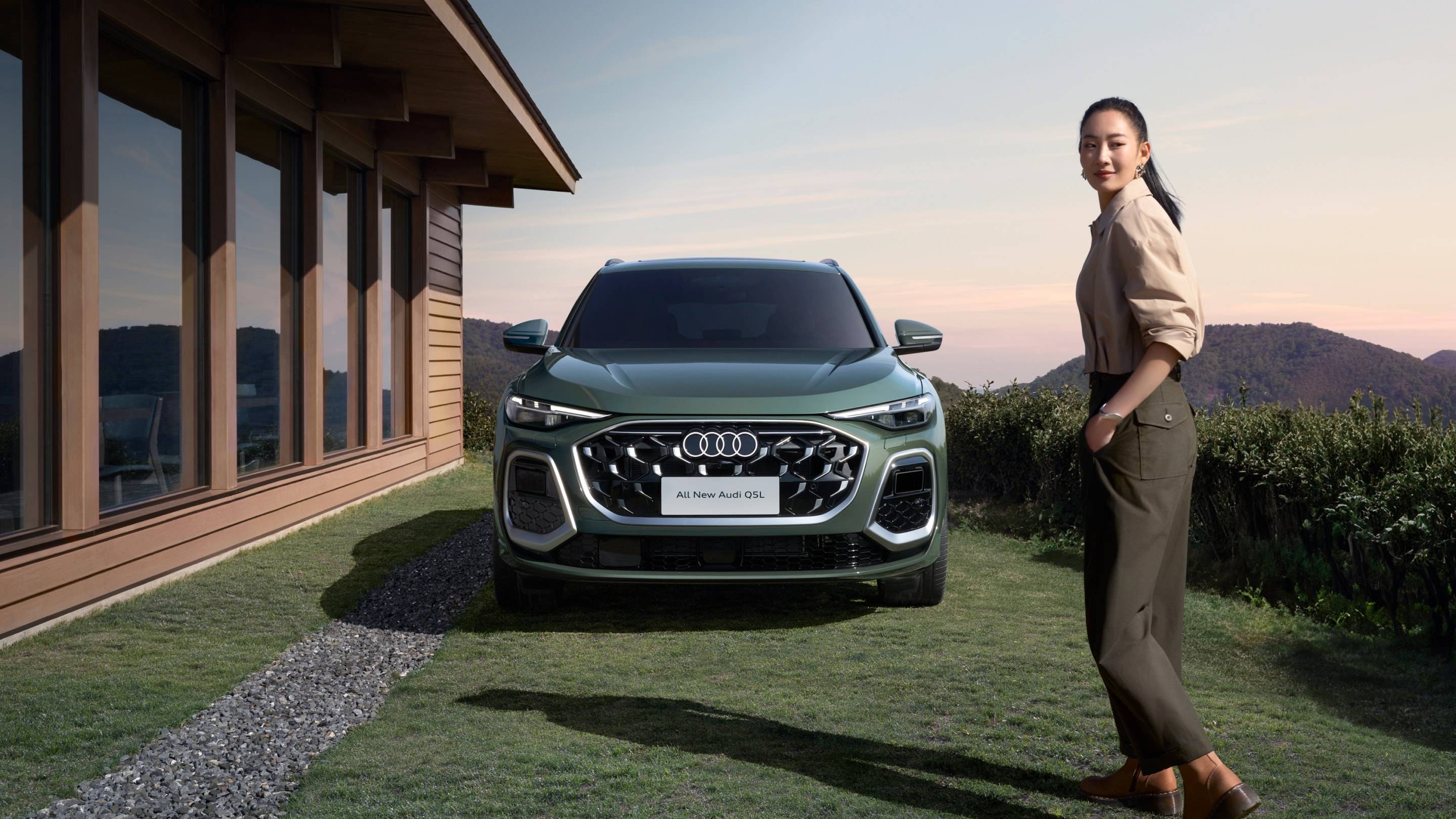
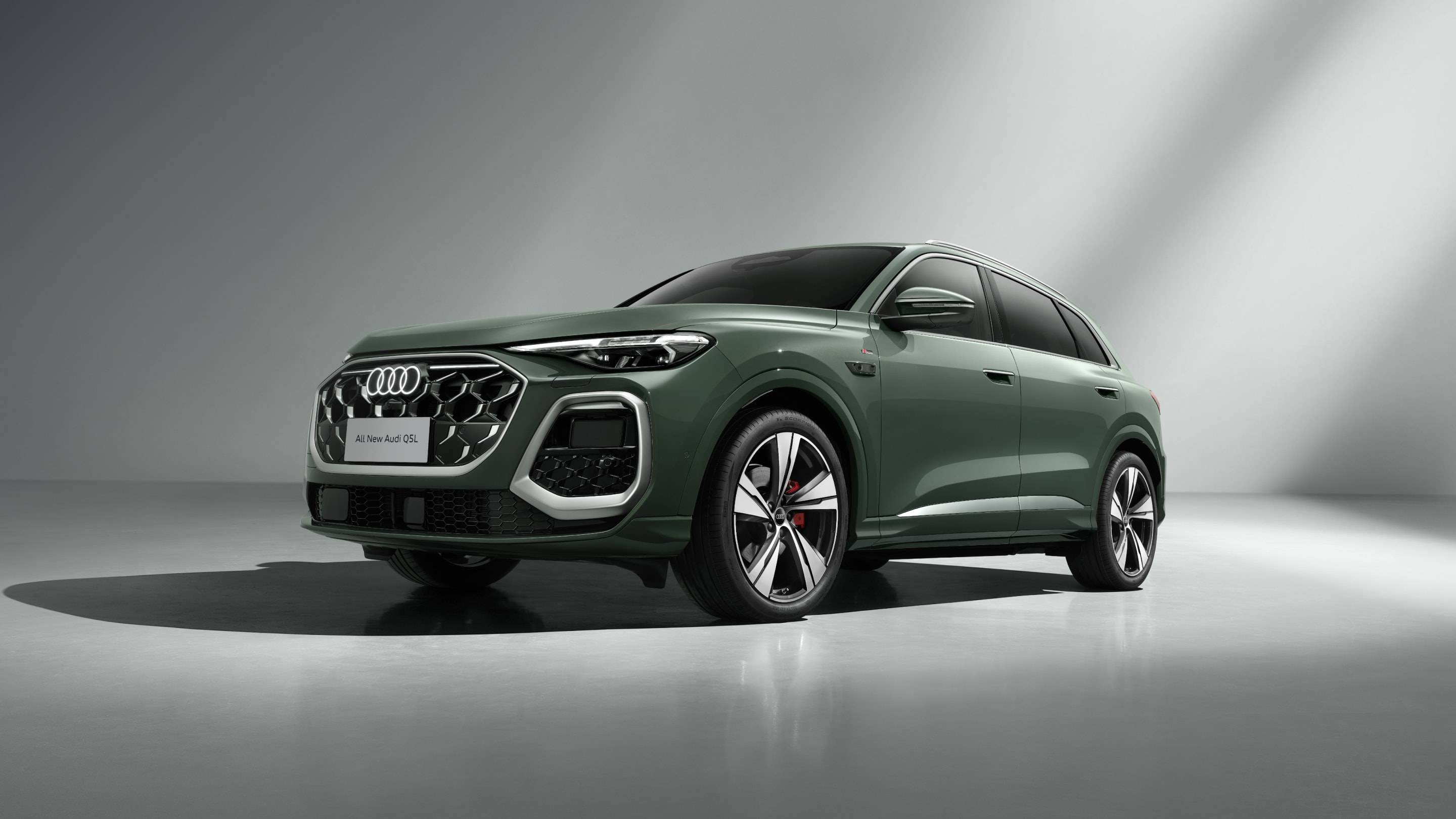
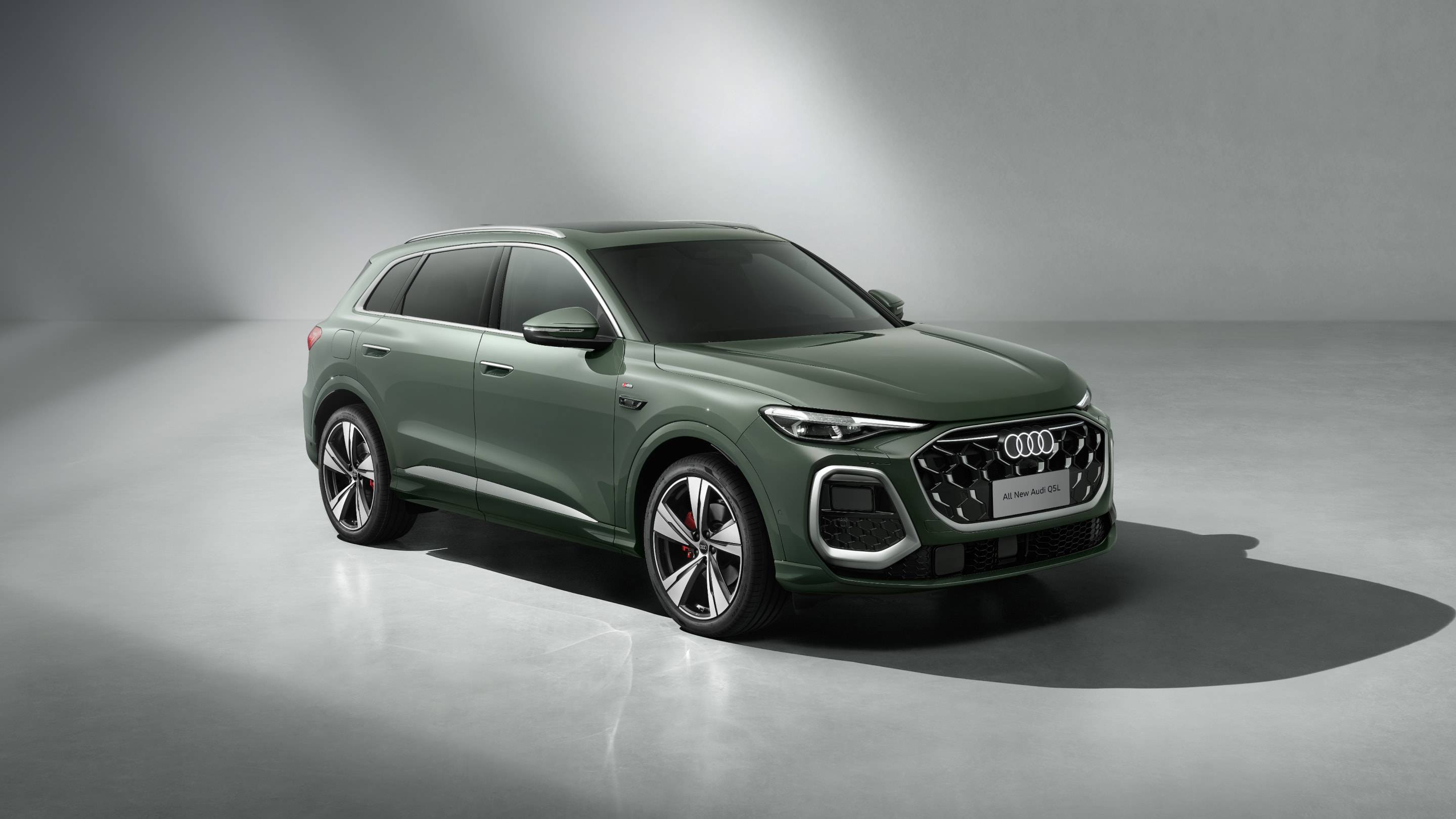
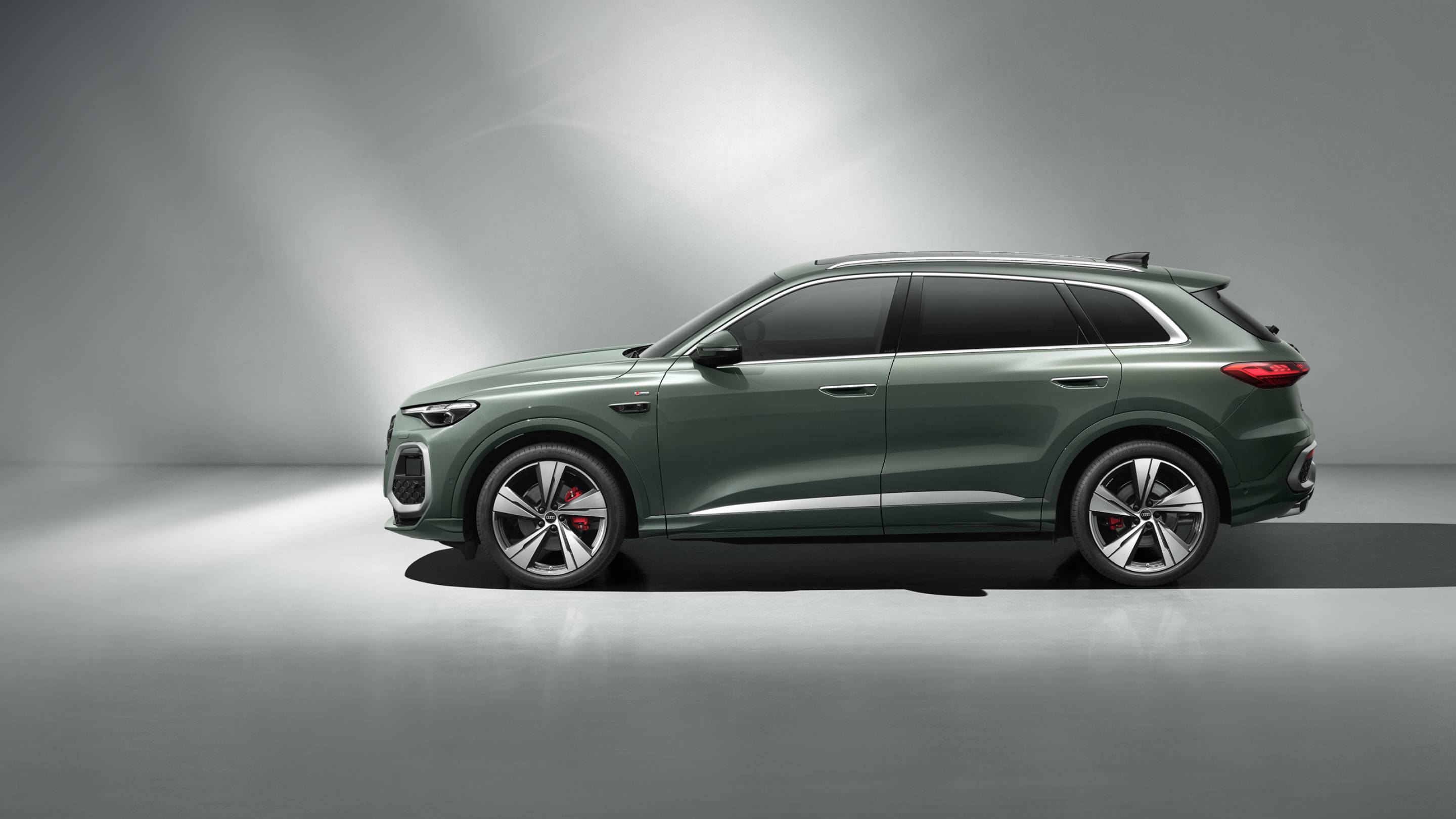
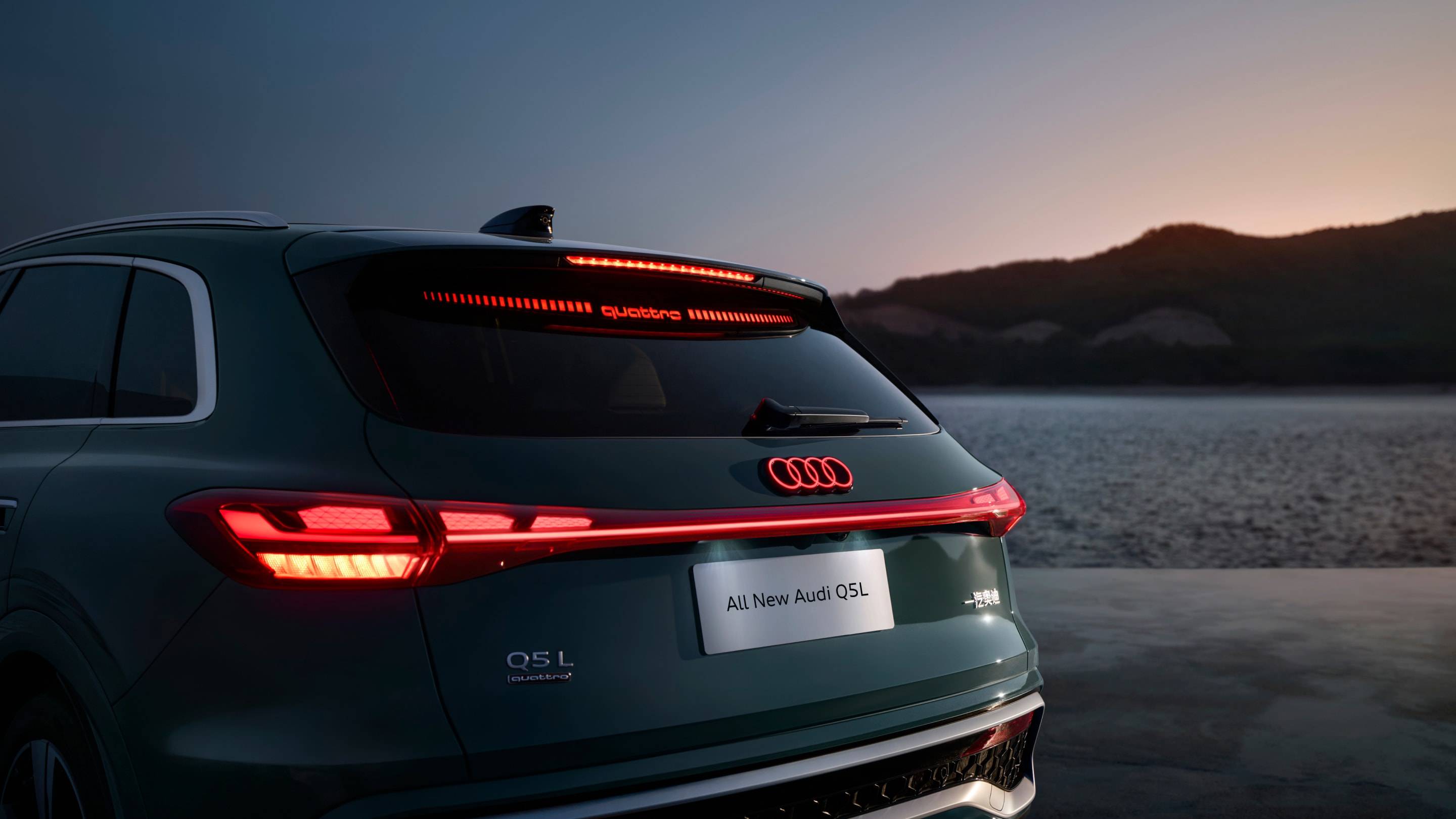

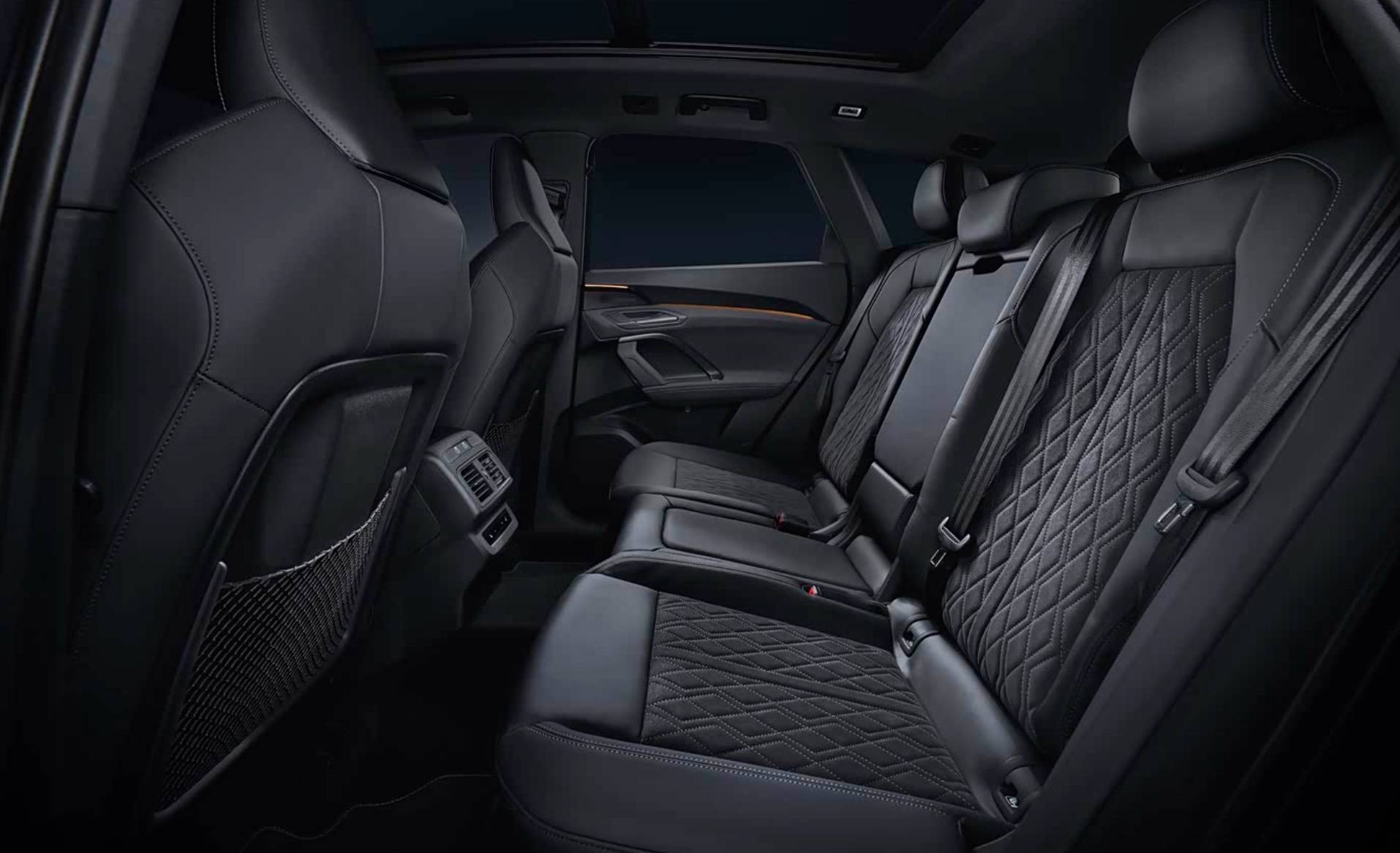


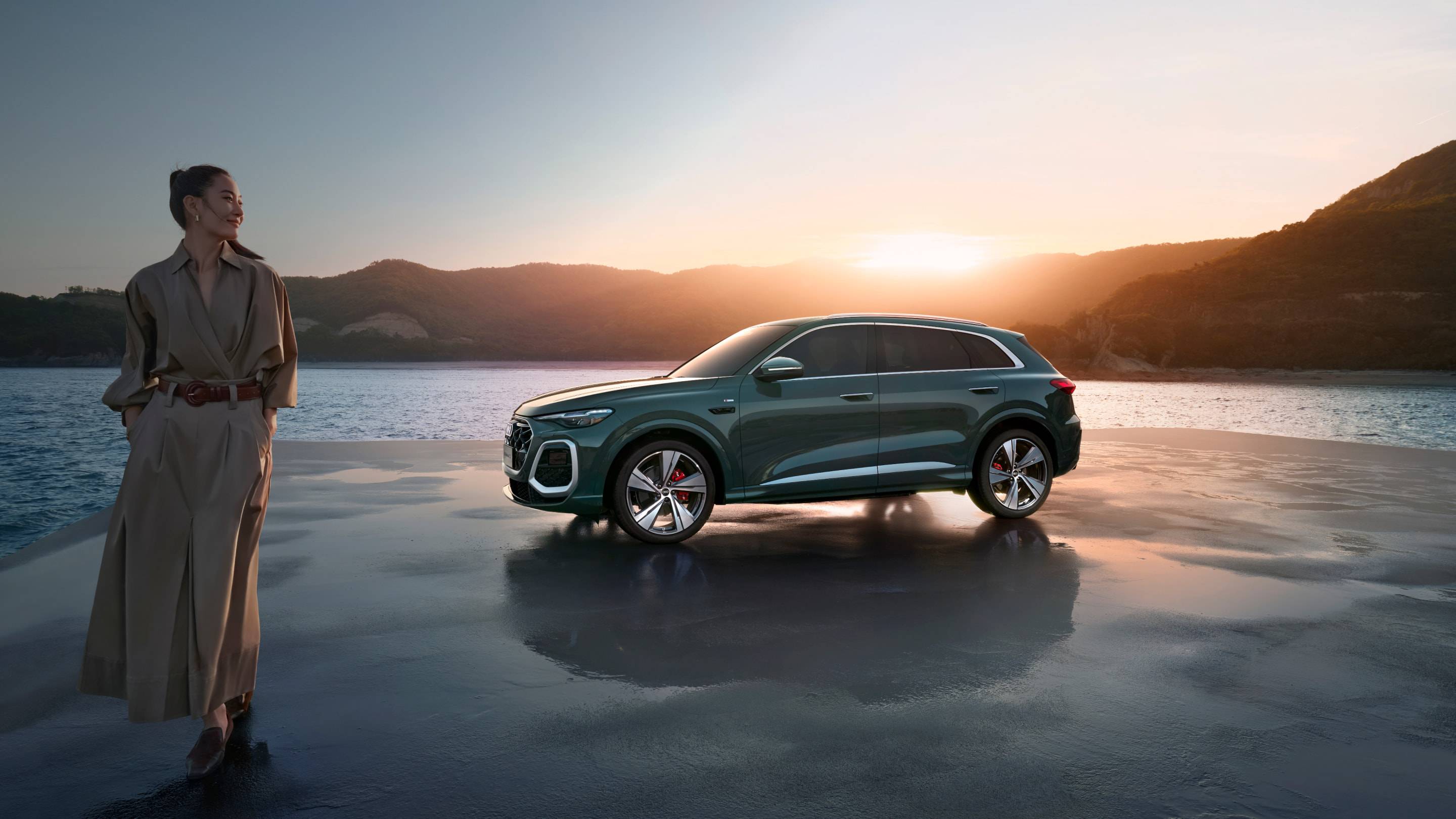





















 Related reading:
Related reading: 












